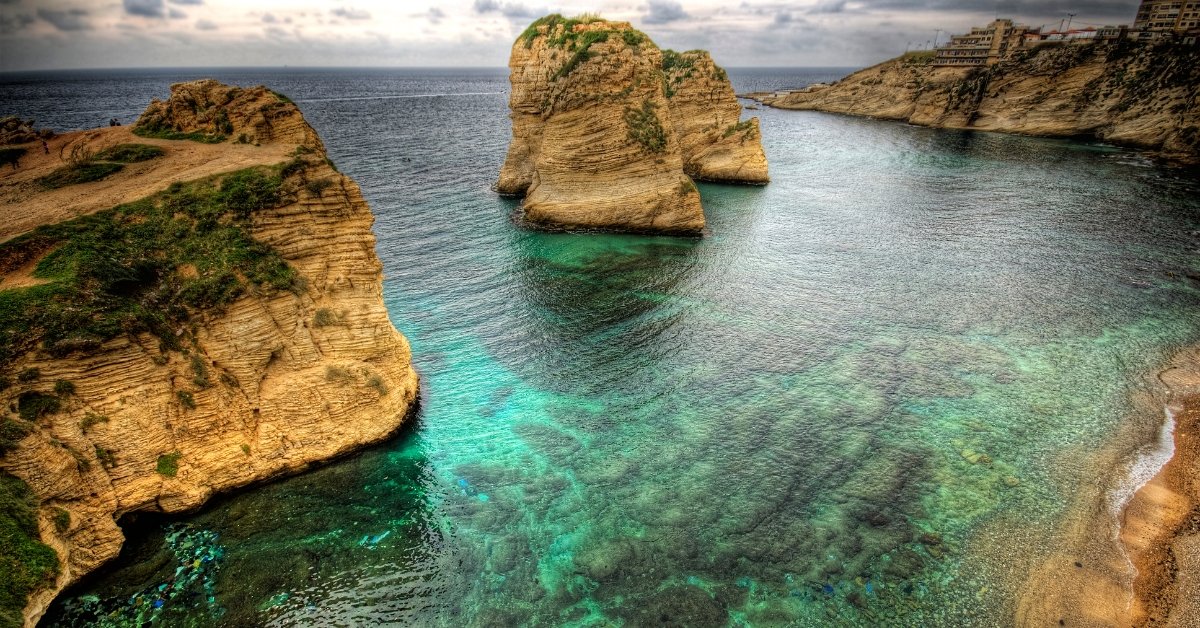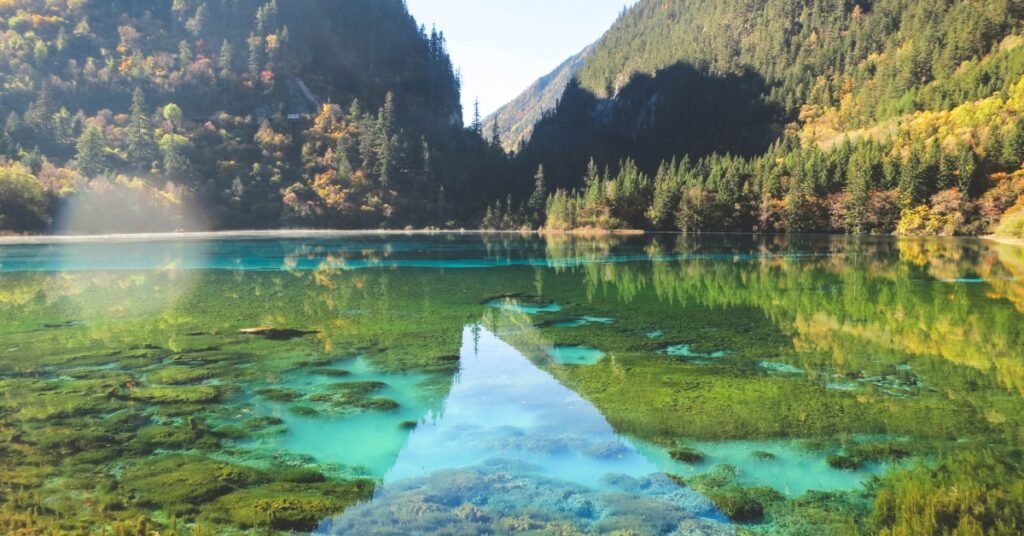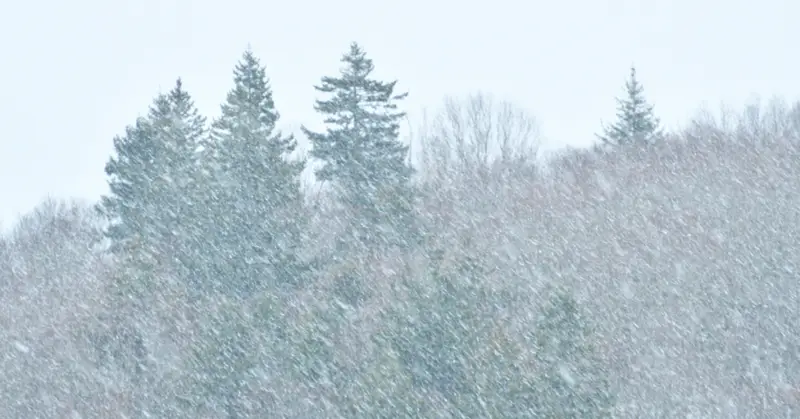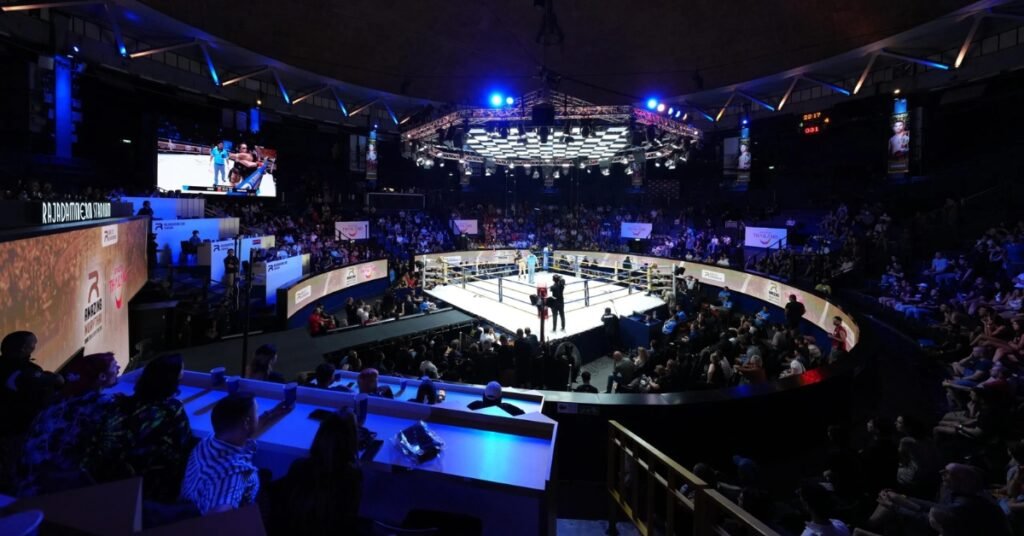Travelers looking for a unique and culturally rich destination will love Lebanon.
This small country on the Mediterranean coast offers a blend of ancient history, captivating natural beauty, and contemporary urban life.
This post will dive into the must-see attractions, insider tips, and the latest information to make your Lebanon travel experience unforgettable in 2023.
Table of Contents
Beirut
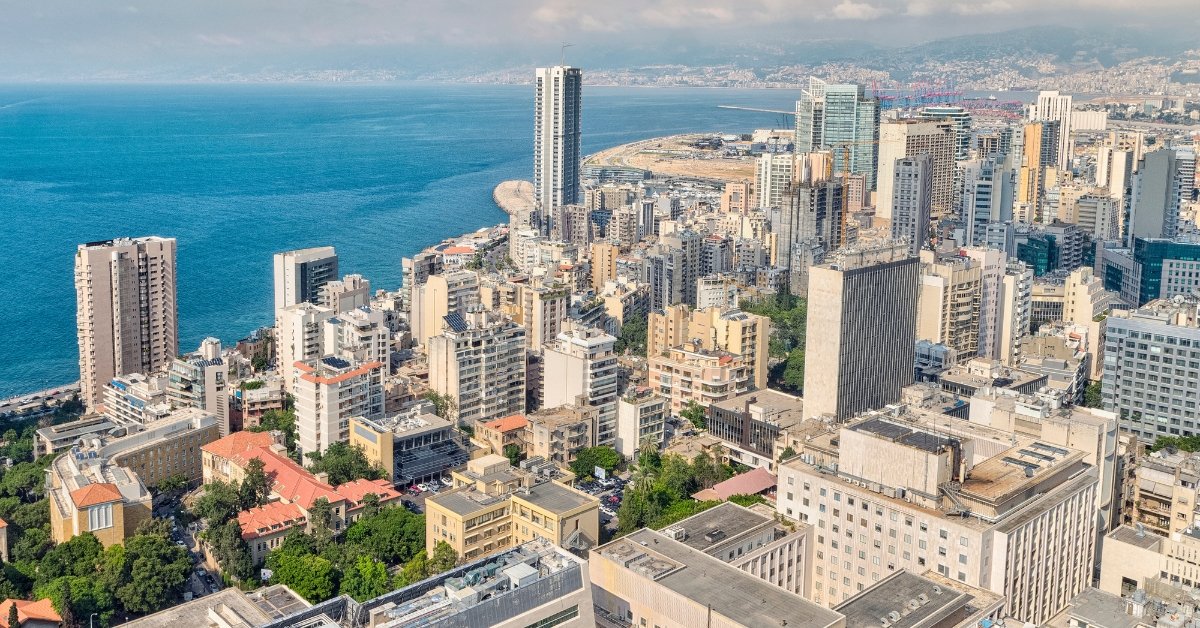
Start your journey in Beirut, Lebanon’s bustling capital city. Known as the “Paris of the Middle East,” Beirut offers an intriguing mix of modern architecture and historical sites.
Beirut, the vibrant capital city of Lebanon, lies along the Mediterranean coast and serves as the country’s cultural, economic, and political hub.
With a history of over 5,000 years, Beirut has been influenced by various civilizations, including the Phoenicians, Romans, and Ottomans.
This eclectic mix of cultures is evident in the city’s architecture, cuisine, and diverse population.
Despite facing challenges such as the devastating 2020 explosion, Beirut remains a resilient city, continuously rebuilding and reinventing itself while maintaining its unique charm and lively spirit.
Best Places To Visit In Beirut
Zaitunay Bay
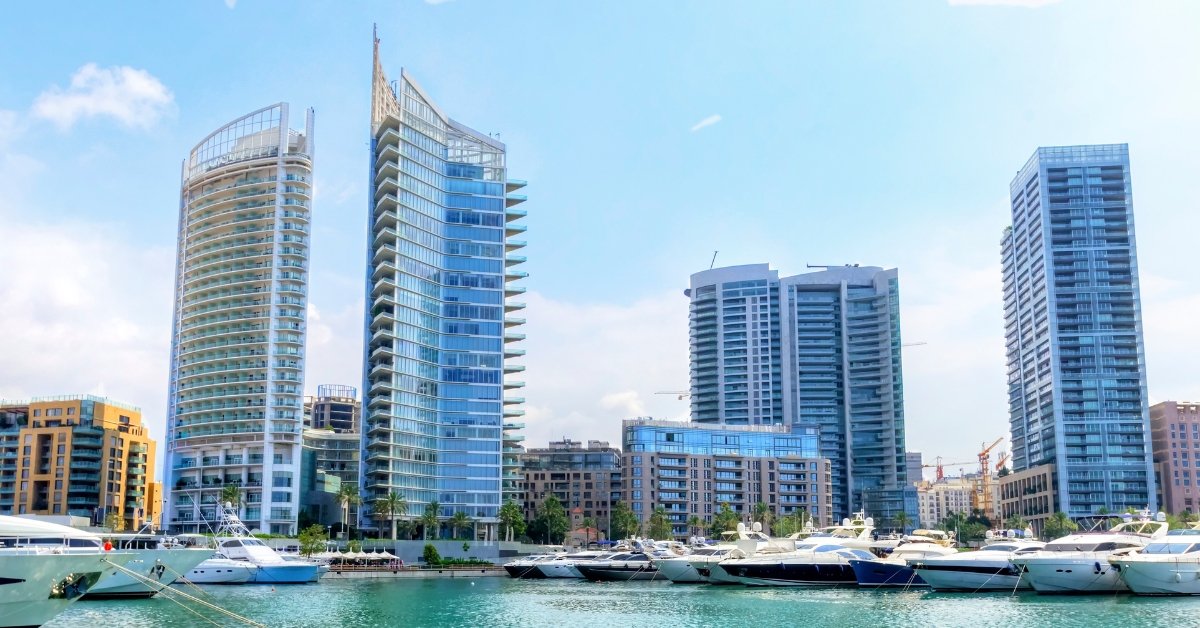
Zaitunay Bay is a trendy waterfront promenade located along Beirut’s marina.
Take a stroll, enjoy the luxurious yachts, and dine at one of the many chic cafes and restaurants.
It is the perfect spot for people-watching and capturing stunning sunsets.
Raouche Rocks
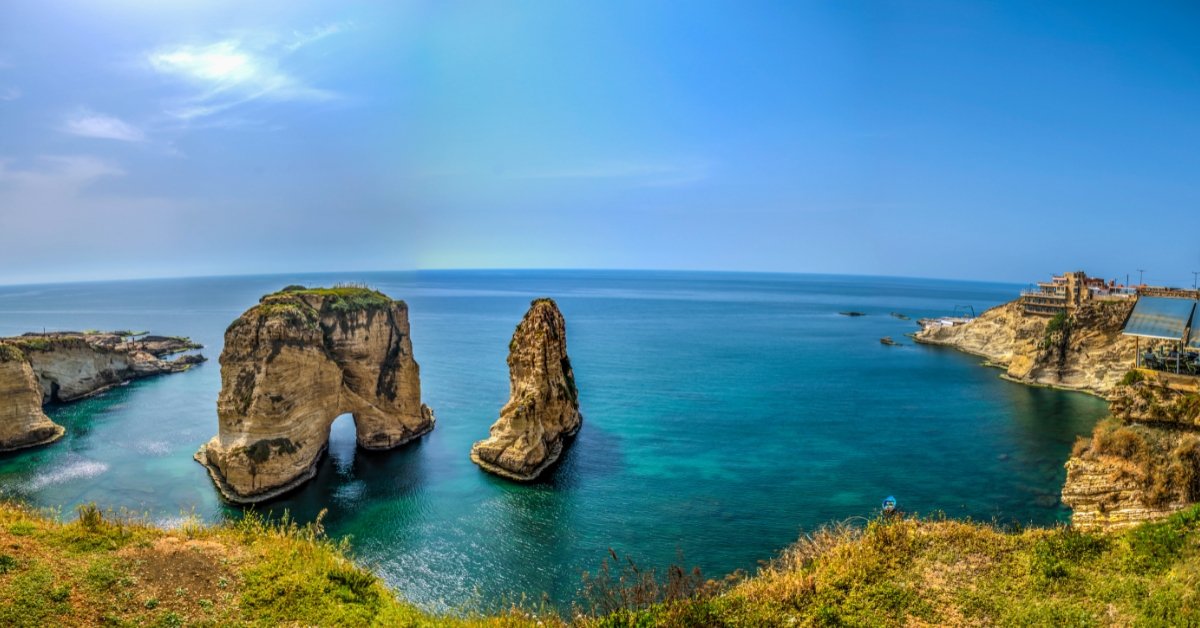
Also known as Pigeon Rocks, Raouche Rocks are iconic limestone formations located off the coast of Beirut.
Head to the nearby Corniche promenade for a picturesque view of the rocks, and do not miss the opportunity to snap some fantastic photos.
National Museum of Beirut
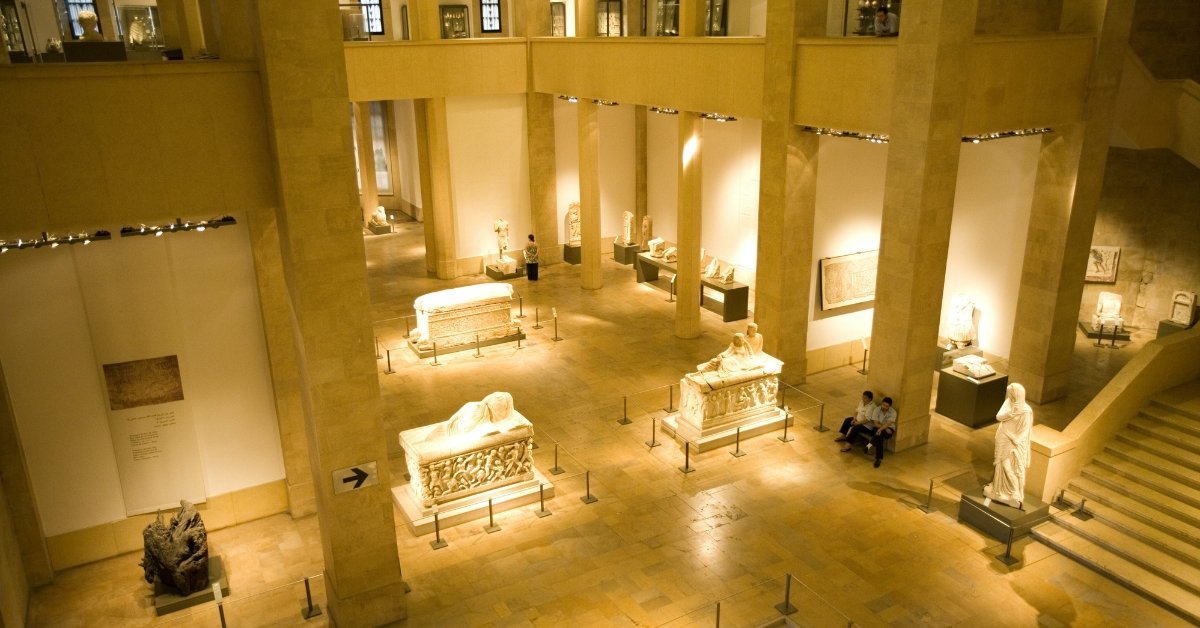
The National Museum of Beirut is a must-visit for history buffs.
The museum features an impressive collection of artifacts from prehistoric times to the Ottoman period.
Highlights include the famous Phoenician sarcophagi and intricate Roman mosaics.
Sursock Museum
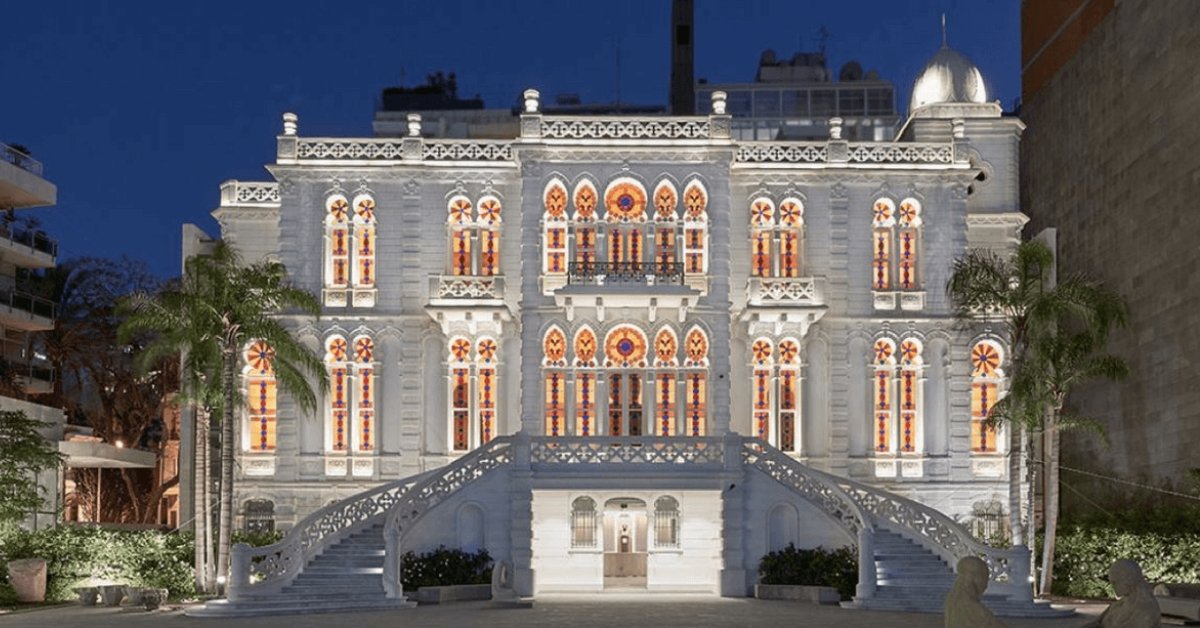
Located in a beautifully restored 19th-century mansion, the Sursock Museum showcases contemporary and modern art from Lebanese and international artists.
The museum also hosts temporary exhibitions, making it a dynamic and ever-changing experience for art lovers.
Nejmeh Square
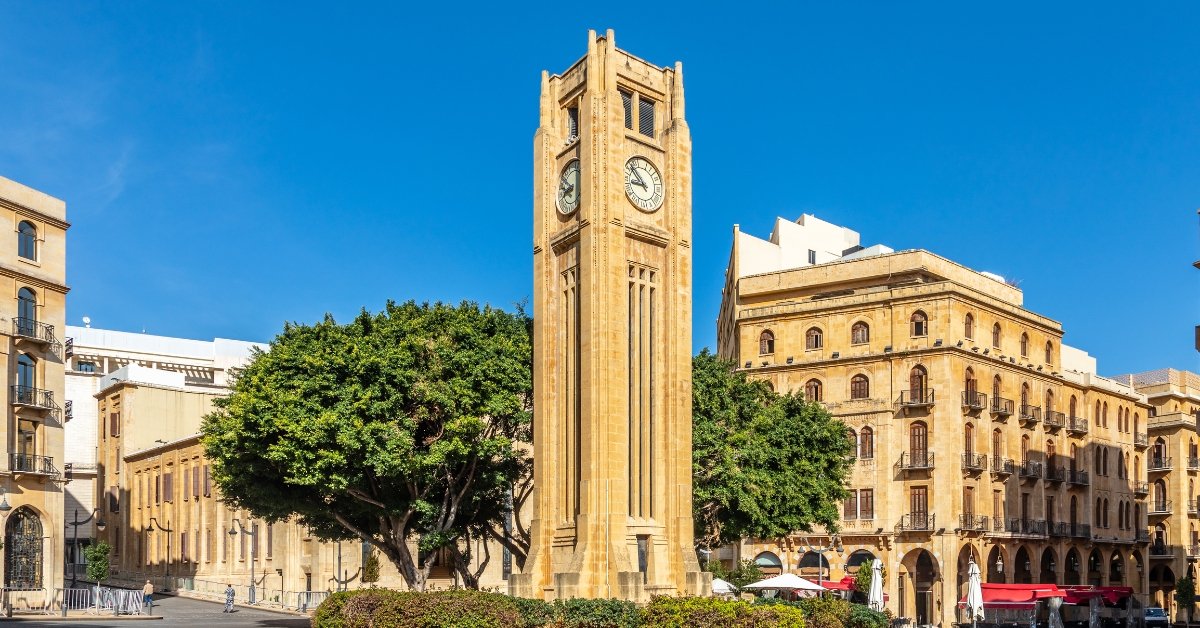
Nejmeh Square, also known as Star Square, is the heart of downtown Beirut.
Admire the stunning architecture, visit St. George Maronite Cathedral and St. George Greek Orthodox Cathedral, and shop at the nearby Beirut Souks.
Mar Mikhael and Gemmayze
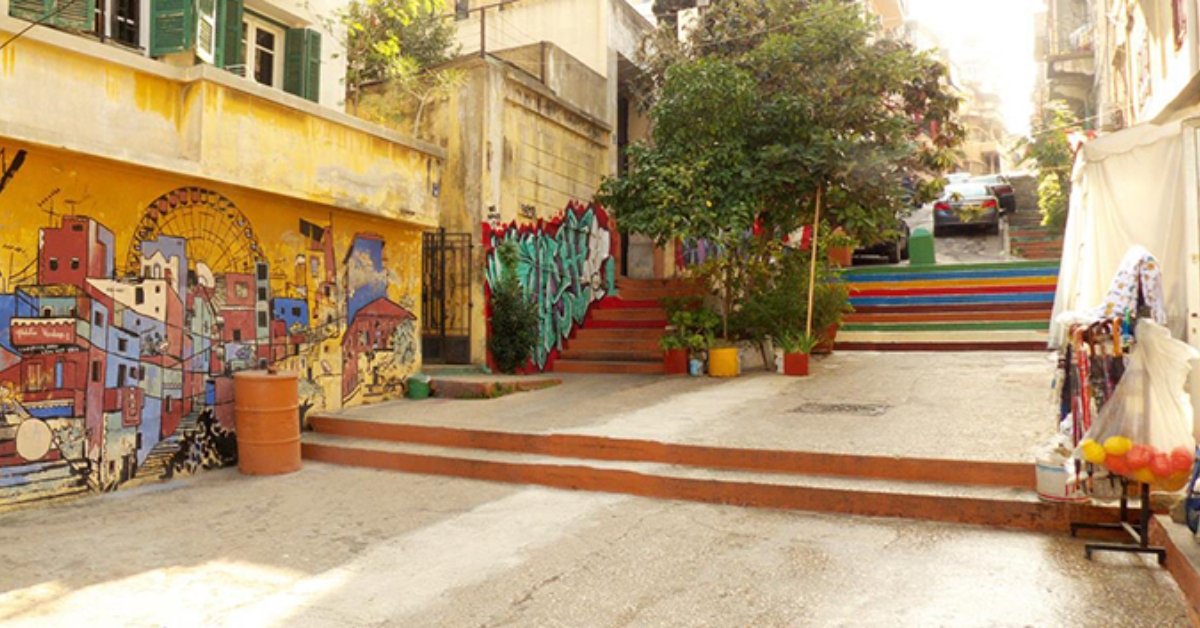
These neighboring districts are known for their vibrant nightlife, cozy cafes, and eclectic art galleries.
The area is perfect for a night out with friends, grabbing a bite to eat, or simply strolling through the picturesque streets of colorful street art.
Hamra Street
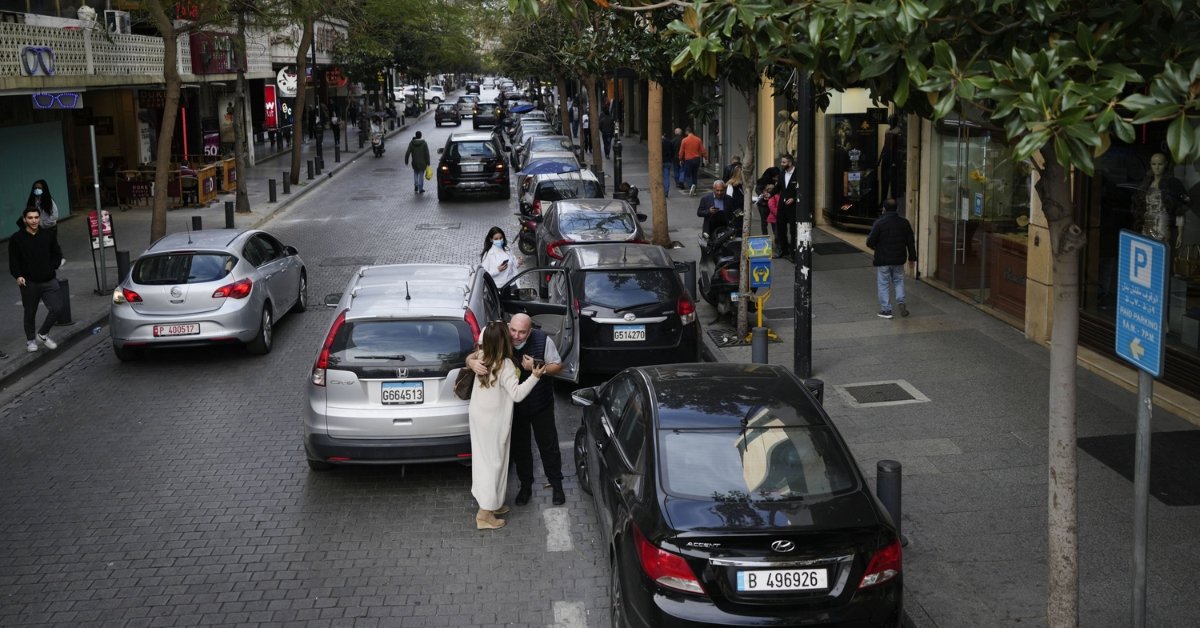
Hamra Street is a bustling commercial hub and a popular shopping, dining, and entertainment destination.
Explore the numerous shops, boutiques, and local markets, or relax in one of the many cafes and watch the world go by.
Roman Baths
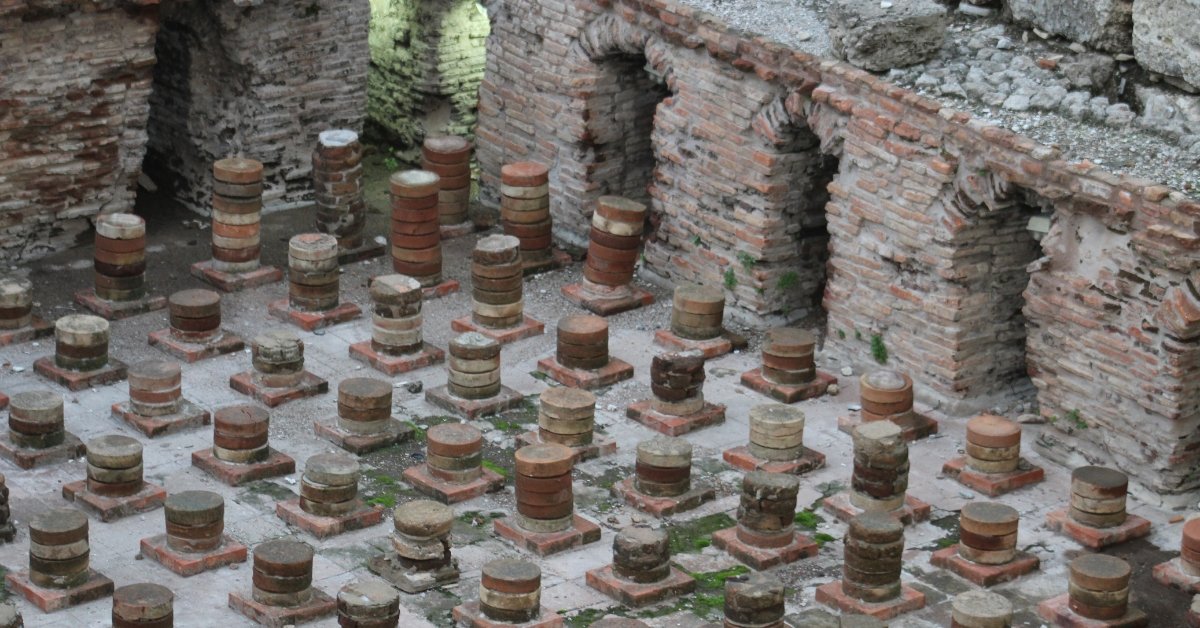
Located in the heart of downtown Beirut, the Roman Baths are ancient ruins that showcase the city’s rich historical past.
Take a walk around the site, admiring the well-preserved structures, and imagine the lavish lifestyle of Roman-era Beirut.
Mohammad Al-Amin Mosque

The Mohammad Al-Amin Mosque is a beautiful and iconic landmark in Beirut.
It is hard to miss this impressive mosque with its grand blue dome and towering minarets.
While non-Muslim visitors cannot enter during prayer times, the mosque is open for visitors outside those hours.
Be sure to dress modestly and respect religious customs when visiting.
The Beirut Art Center
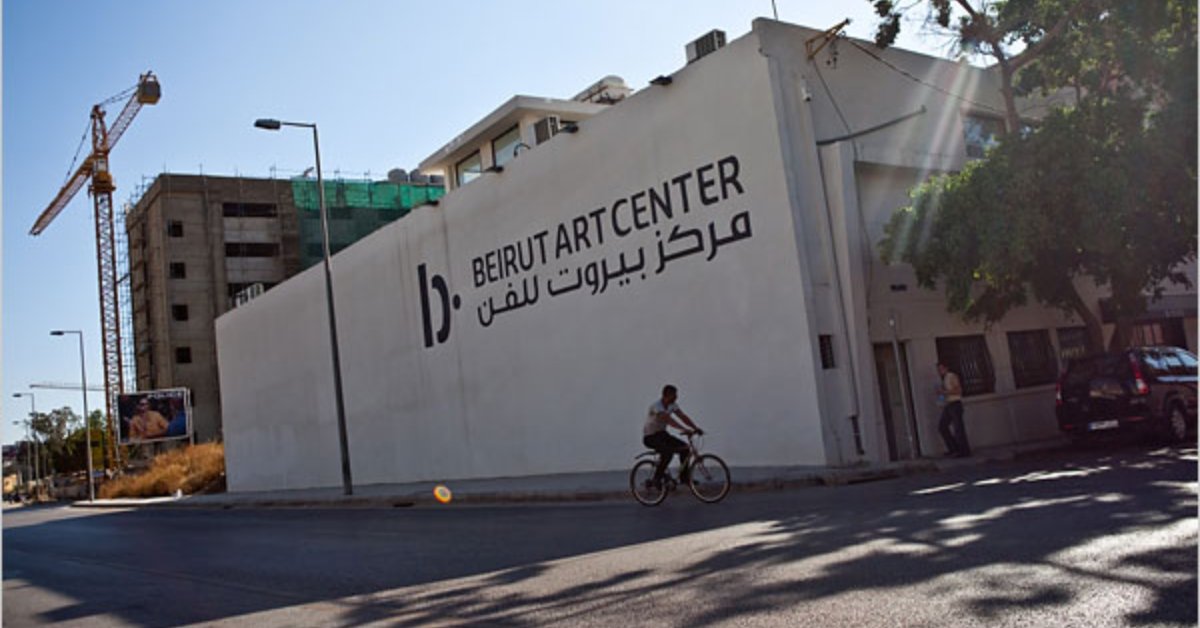
The Beirut Art Center is a contemporary art space dedicated to showcasing innovative works by emerging and established artists from Lebanon and the region.
In addition, the center features a diverse range of exhibitions, film screenings, and workshops, making it a dynamic cultural hub for art enthusiasts.
Byblos
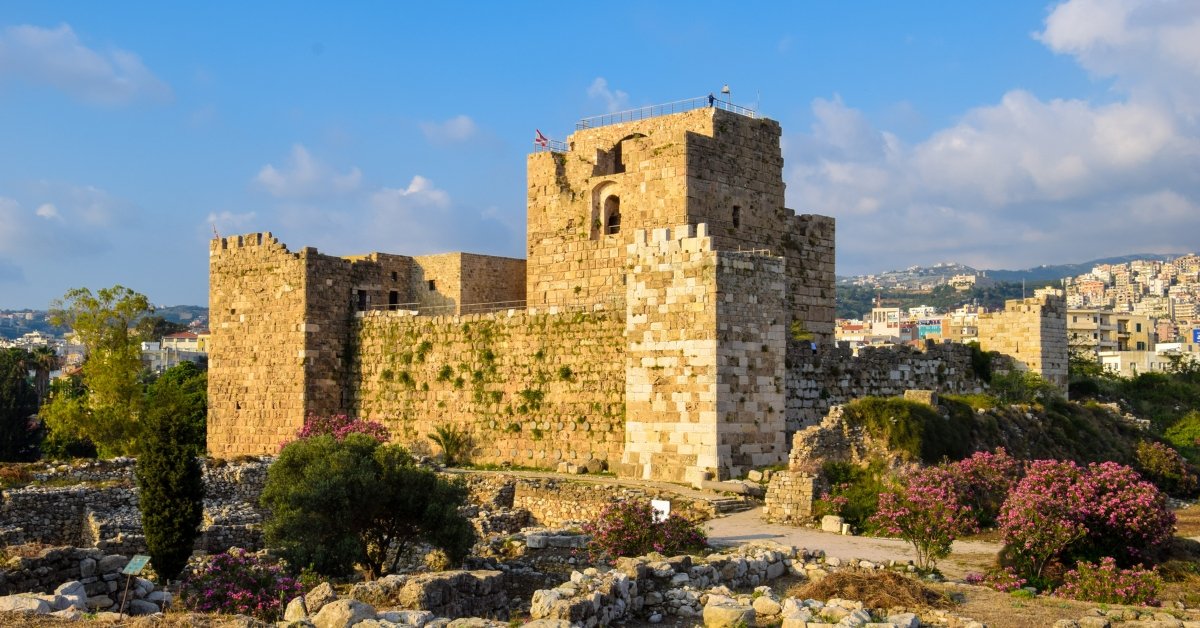
Byblos, a coastal town in modern-day Lebanon, is one of the oldest continuously inhabited cities in the world, dating back over 7,000 years.
Originally founded by the Phoenicians, Byblos has been influenced by numerous civilizations, including the Egyptians, Persians, Greeks, Romans, and Crusaders.
The town’s rich past is evident in its archaeological sites, such as the ancient ruins of the Byblos Castle, the Roman amphitheater, and the Phoenician Royal Necropolis.
Today, Byblos is a UNESCO World Heritage site and a popular tourist destination, offering visitors a unique blend of history, culture, and natural beauty along the Mediterranean coastline.
Best places to visit in Byblos
Byblos Castle
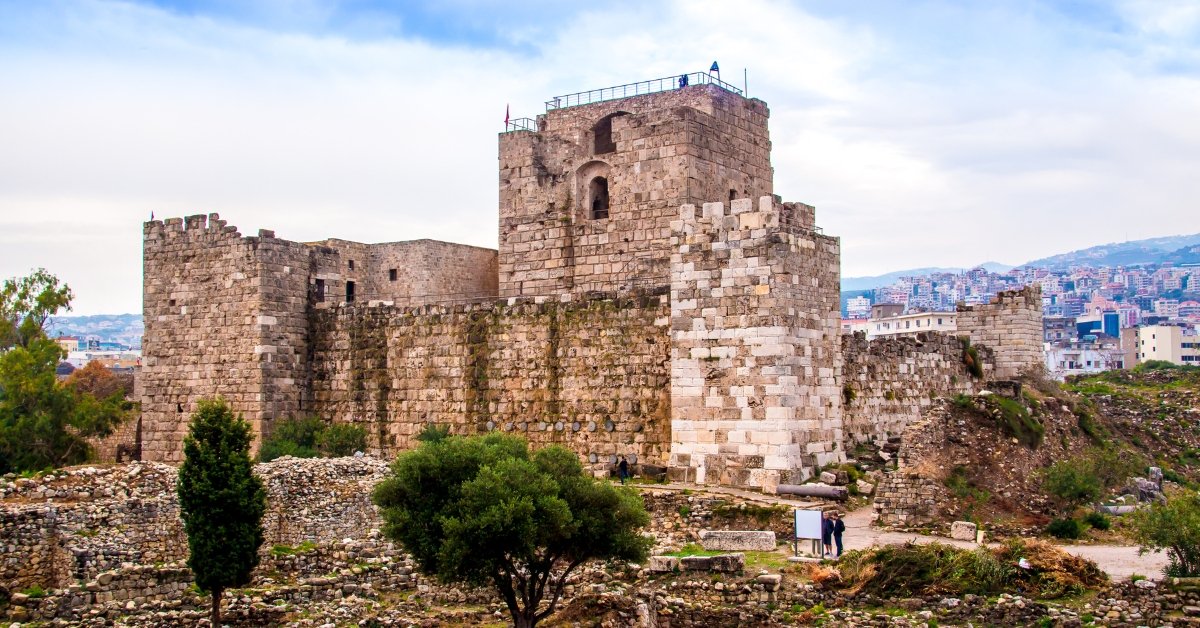
The iconic Byblos Castle, built by the Crusaders in the 12th century, is the centerpiece of the ancient city.
Wander through the well-preserved ruins, explore the archaeological site, and visit the small museum to learn about the castle’s fascinating history.
Byblos Old Souk
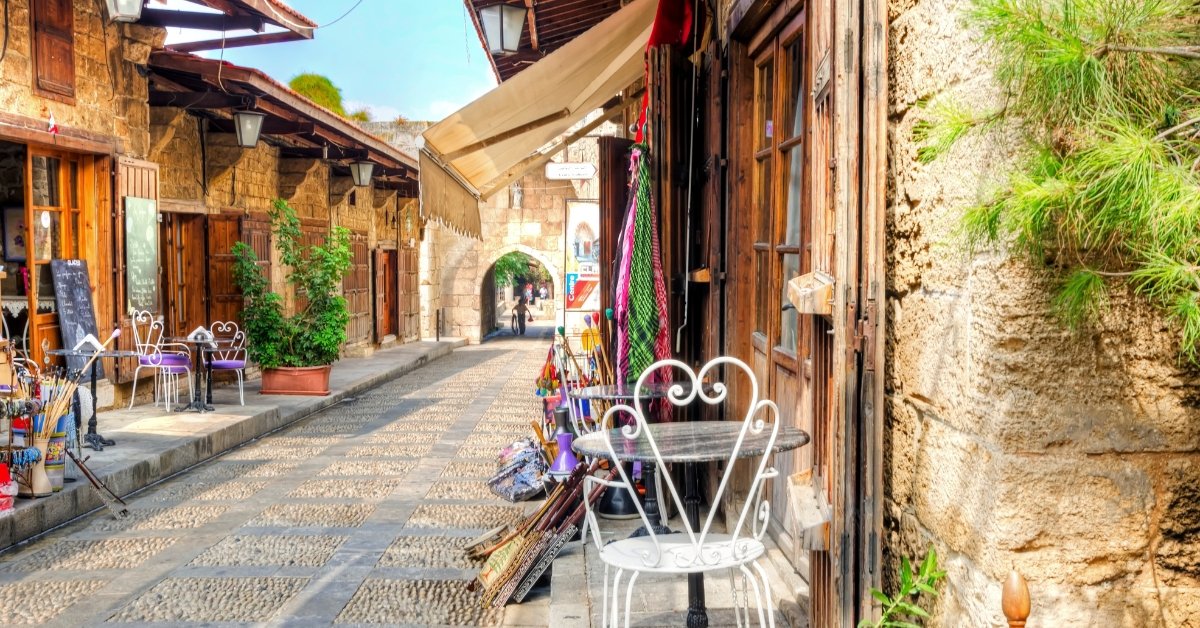
Step back in time as you explore the charming cobblestone streets of Byblos Old Souk.
Shop for unique souvenirs, dine at traditional Lebanese restaurants and immerse yourself in the city’s rich heritage.
Ancient City Wall
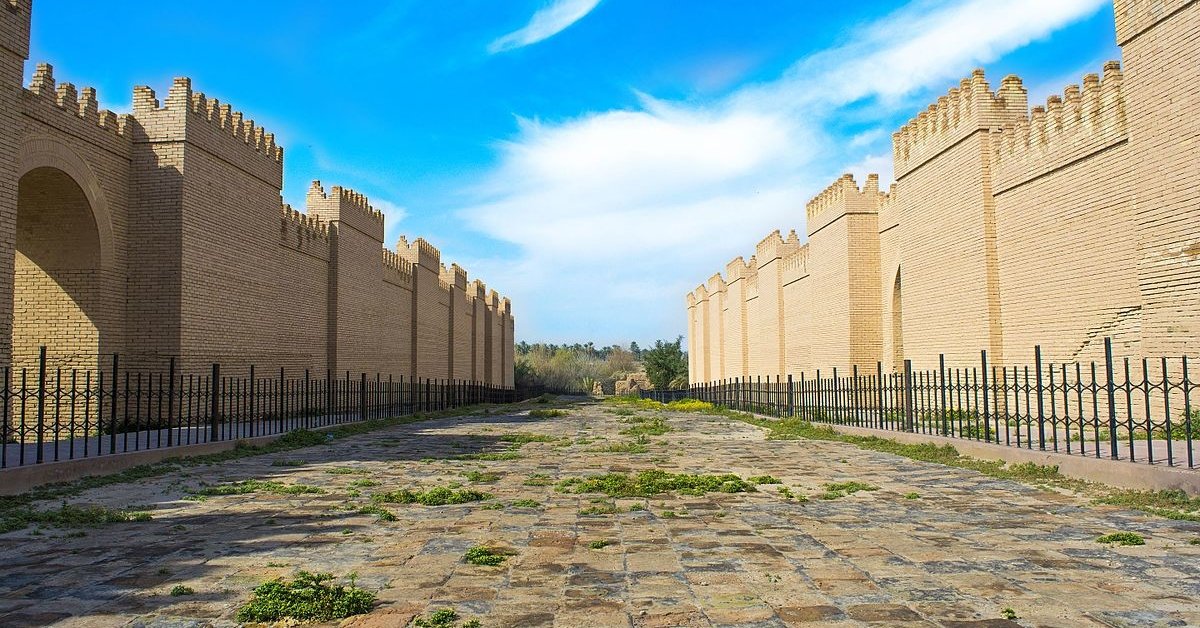
The Ancient City Wall, dating back to the Bronze Age, offers a glimpse into Byblos’ long and storied history.
Stroll along the wall and take in the stunning views of the surrounding city and the Mediterranean Sea.
Temple of the Obelisks
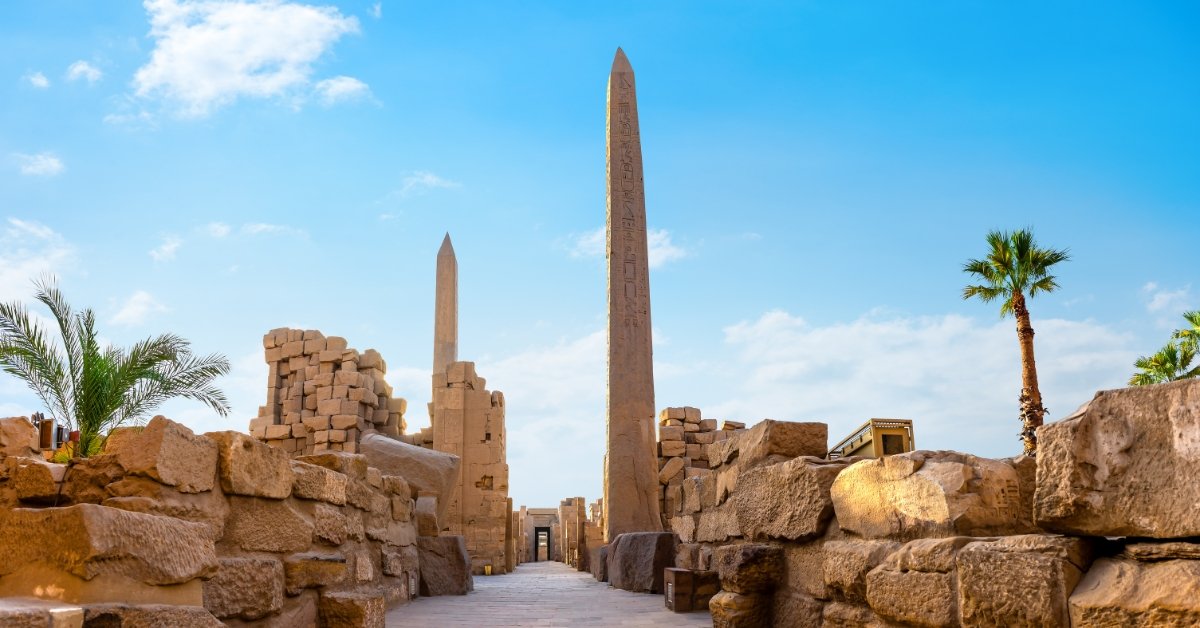
The Temple of the Obelisks is an intriguing archaeological site featuring a collection of well-preserved obelisks from the second millennium BC.
Marvel at these ancient structures and learn about their significance in the city’s history.
St. John the Baptist Church
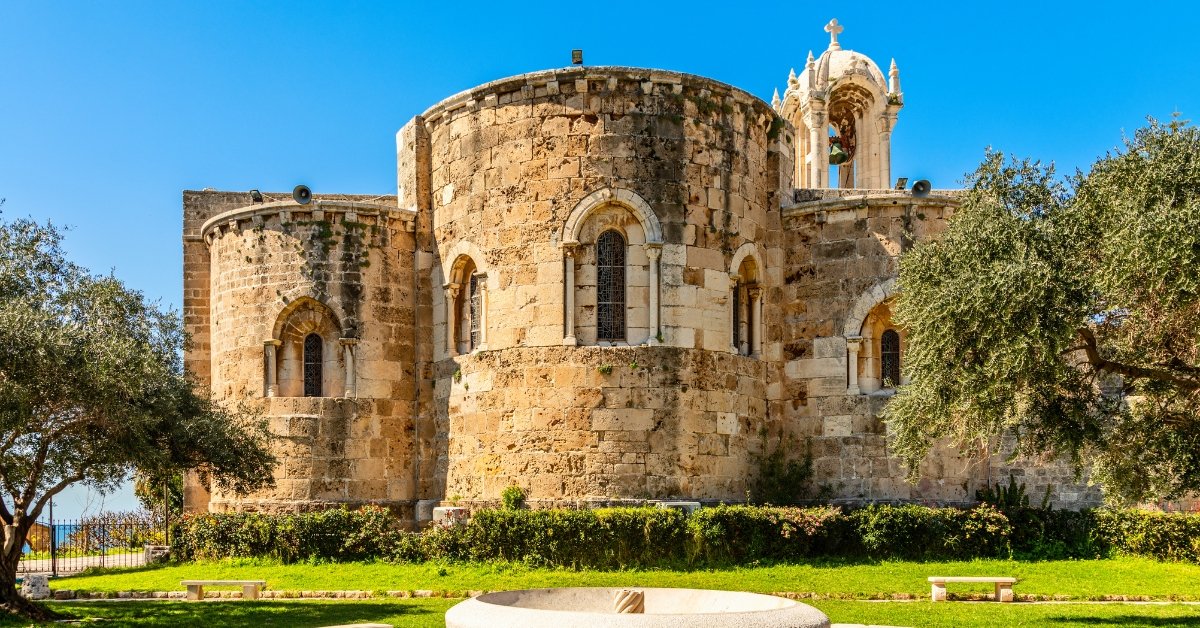
This historic church, built by the Crusaders in the 12th century, is an architectural gem.
Admire the beautiful stone exterior and take a moment to soak in the serenity of the interior.
Byblos Fossil Museum
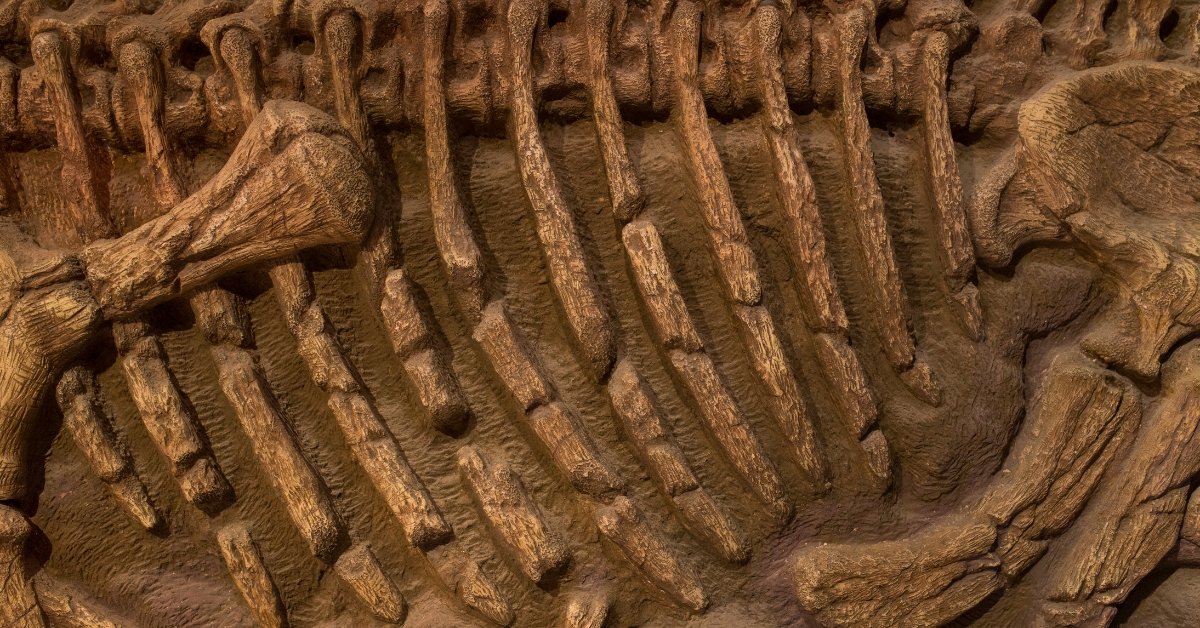
The Byblos Fossil Museum showcases an impressive collection of marine fossils, some over 100 million years old.
Discover the city’s ancient past and learn about the fascinating creatures that once roamed the region.
Byblos Wax Museum
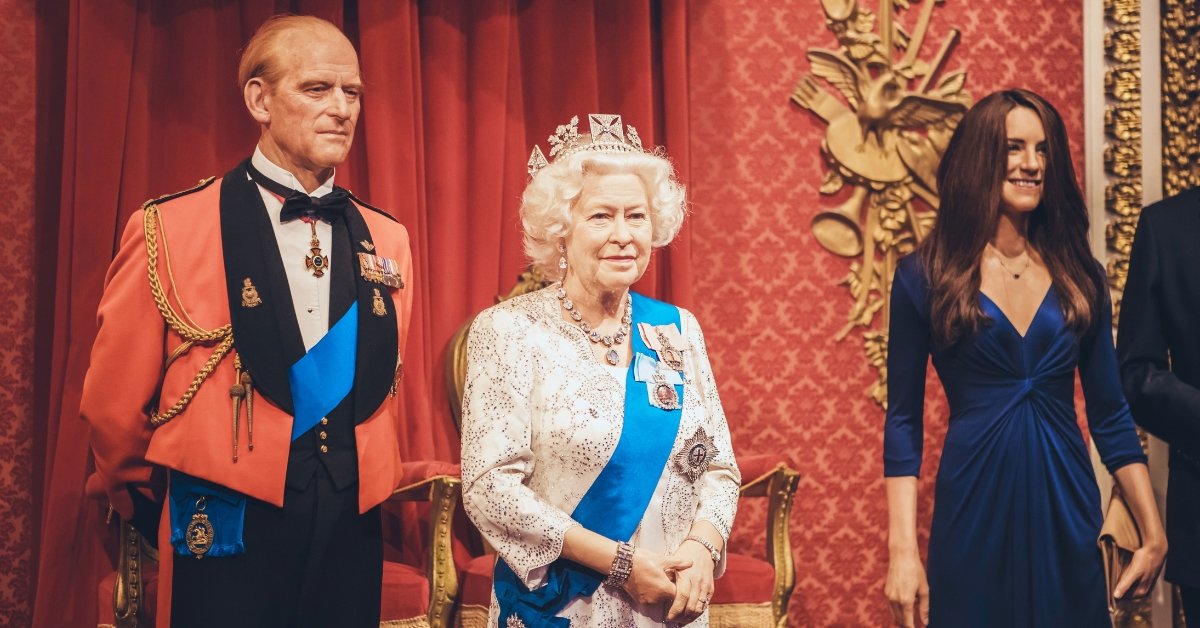
This unique museum features life-like wax figures depicting scenes from Lebanon’s rich history, from the Phoenicians to the modern era.
It is a fun and educational experience for visitors of all ages.
Byblos Harbour
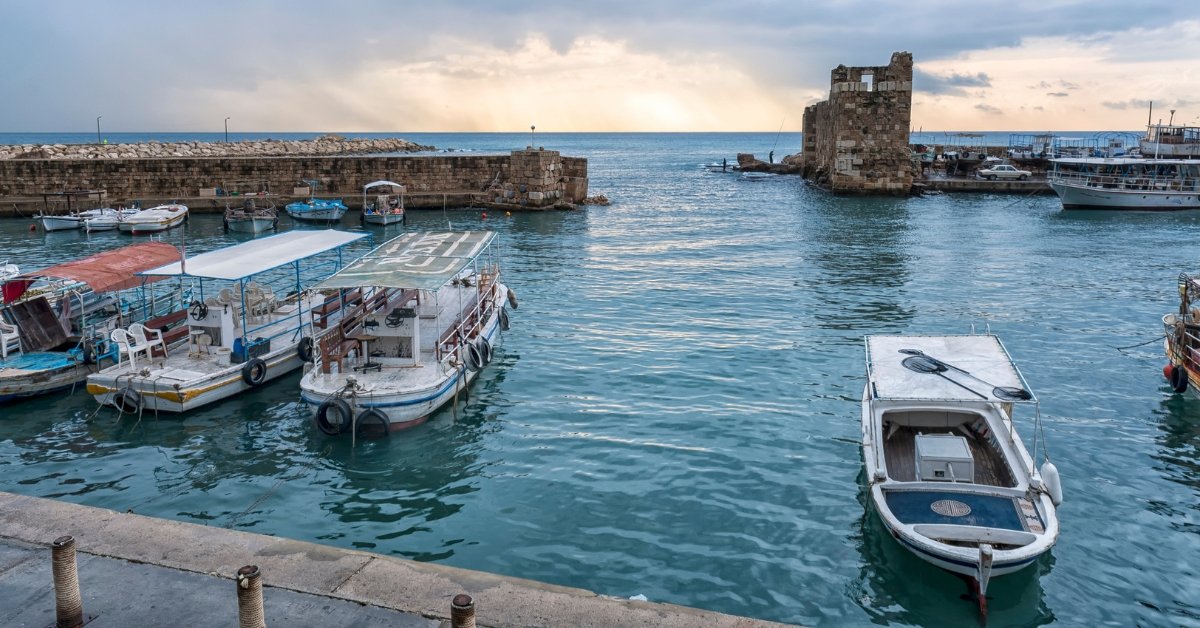
The picturesque Byblos Harbour is the perfect place to relax and enjoy the stunning views of the Mediterranean Sea.
Watch the boats come and go, dine at a waterfront restaurant, or bask in the peaceful atmosphere.
Byblos International Festival

If your visit coincides with the Byblos International Festival, typically held in July and August, attend one of the live music performances or cultural events.
The festival attracts local and international artists and offers a unique opportunity to experience Lebanon’s vibrant arts scene.
Pepe’s Fishing Club
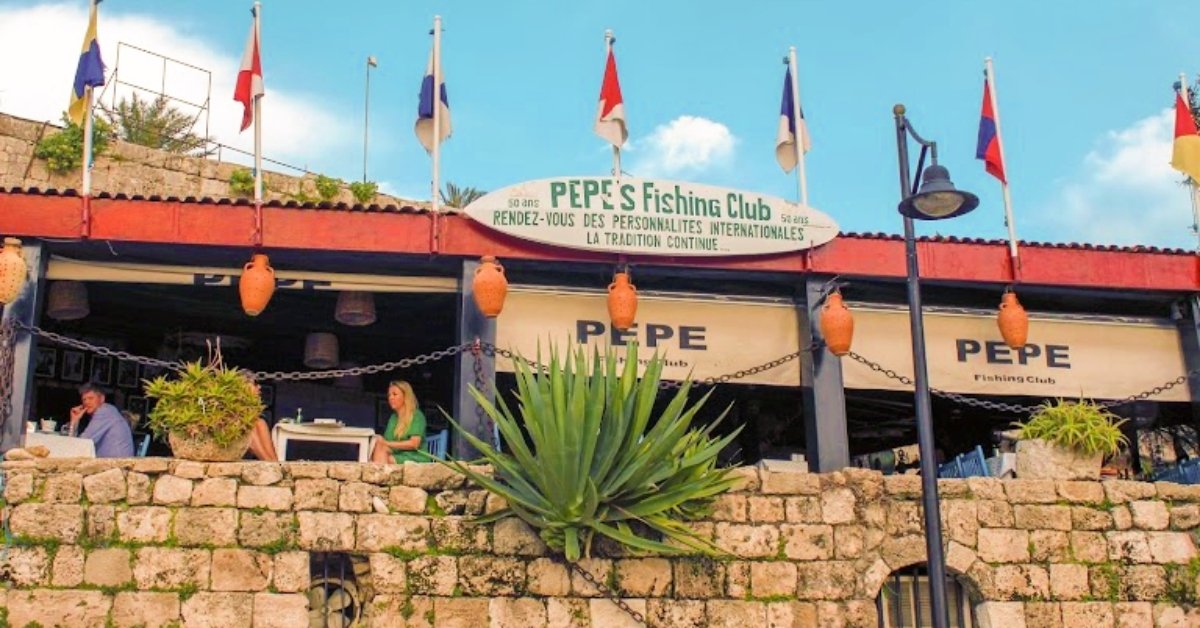
For a taste of authentic Lebanese seafood, head to Pepe’s Fishing Club, a legendary restaurant that has been serving up fresh catches since 1962.
Enjoy a delicious meal while taking in the stunning views of the harbor.
Baalbek
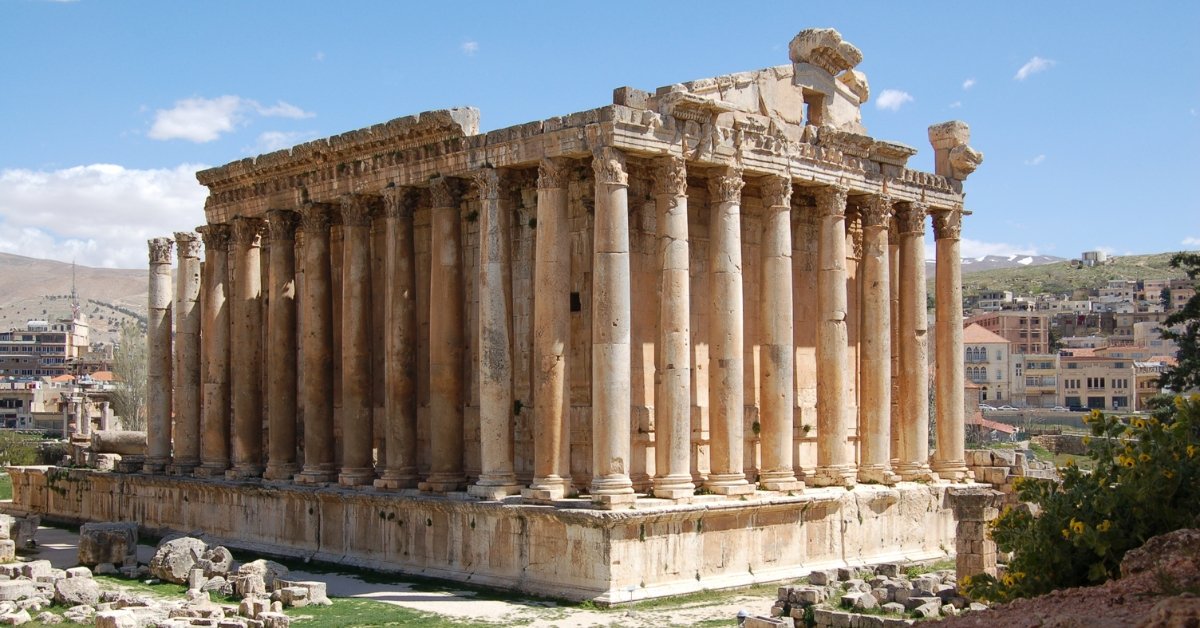
Baalbek, a town in Lebanon’s Beqaa Valley, is renowned for its magnificent and well-preserved Roman ruins.
Once a thriving ancient city called Heliopolis during the Roman period, Baalbek boasts some of the largest and most impressive Roman temples ever built.
The Temple of Jupiter, the Temple of Bacchus, and the Temple of Venus are among the most significant structures in the archaeological complex.
The site also features the Great Court and the Hexagonal Forecourt, adorned with intricate carvings and sculptures.
Today, Baalbek is a UNESCO World Heritage site, attracting visitors worldwide to marvel at its architectural grandeur and delve into its fascinating history.
Best Places To visit in Baalbek
Temple of Jupiter
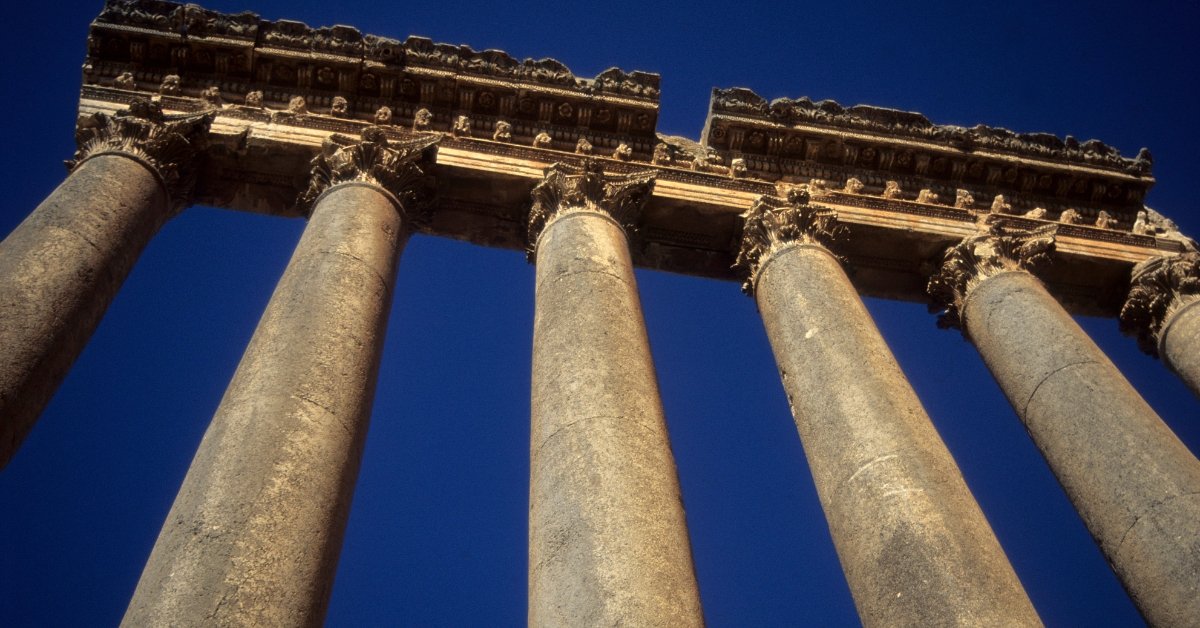
The Temple of Jupiter is the largest and most prominent structure in Baalbek.
Originally built in the 1st century AD, this colossal temple features an impressive podium and six iconic columns that testify to its former grandeur.
Take the time to explore this architectural marvel and admire the intricate details of the columns and surrounding ruins.
Temple of Bacchus
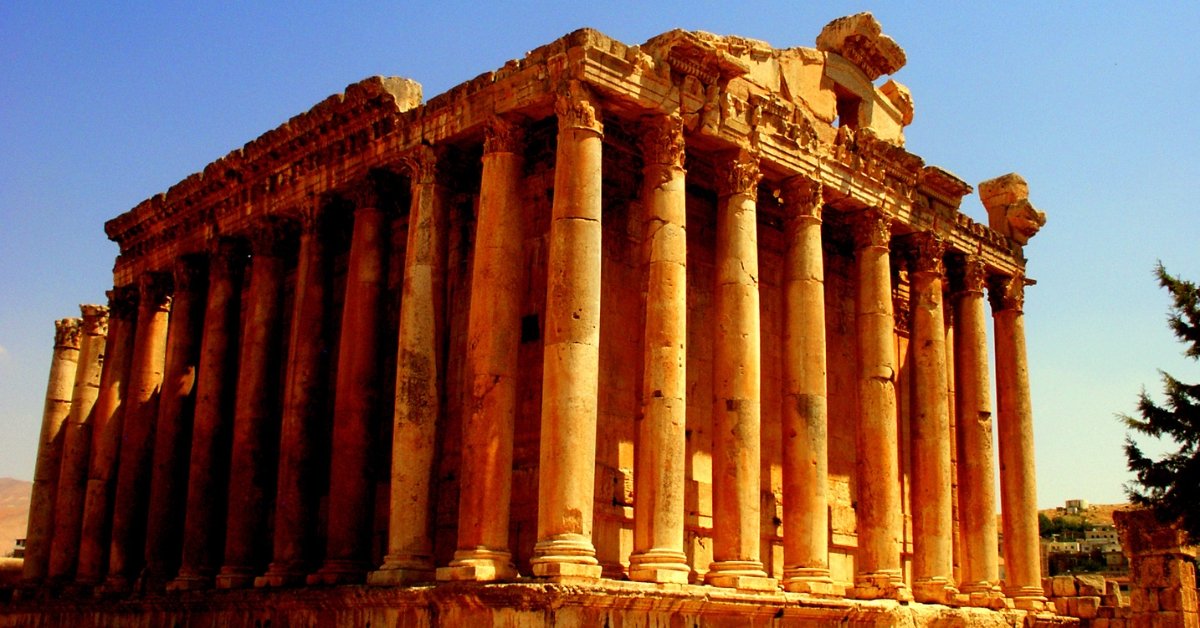
The Temple of Bacchus, dedicated to the Roman god of wine and revelry, is one of the best-preserved Roman temples in the world.
Wander through the temple’s impressive entrance, explore its vast courtyard, and take in the stunning architectural details, such as the intricately carved friezes and massive stone columns.
Temple of Venus
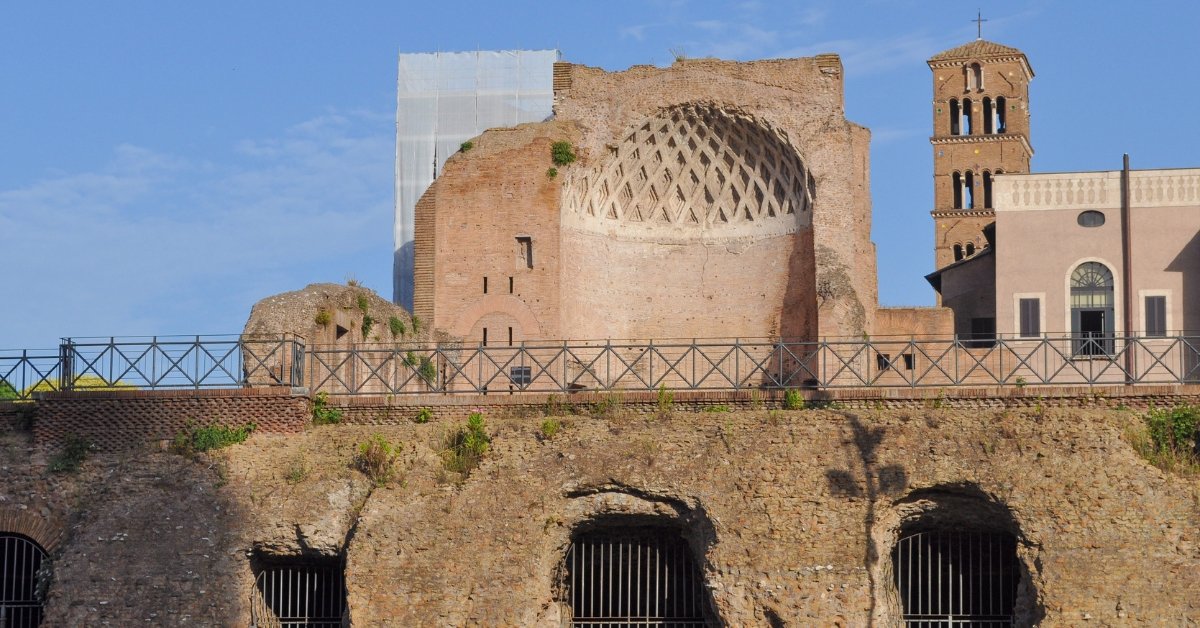
This smaller but charming temple, dedicated to the goddess Venus, features a unique circular design and a lush garden.
The temple’s romantic atmosphere and picturesque setting make it a popular spot for visitors.
Great Court
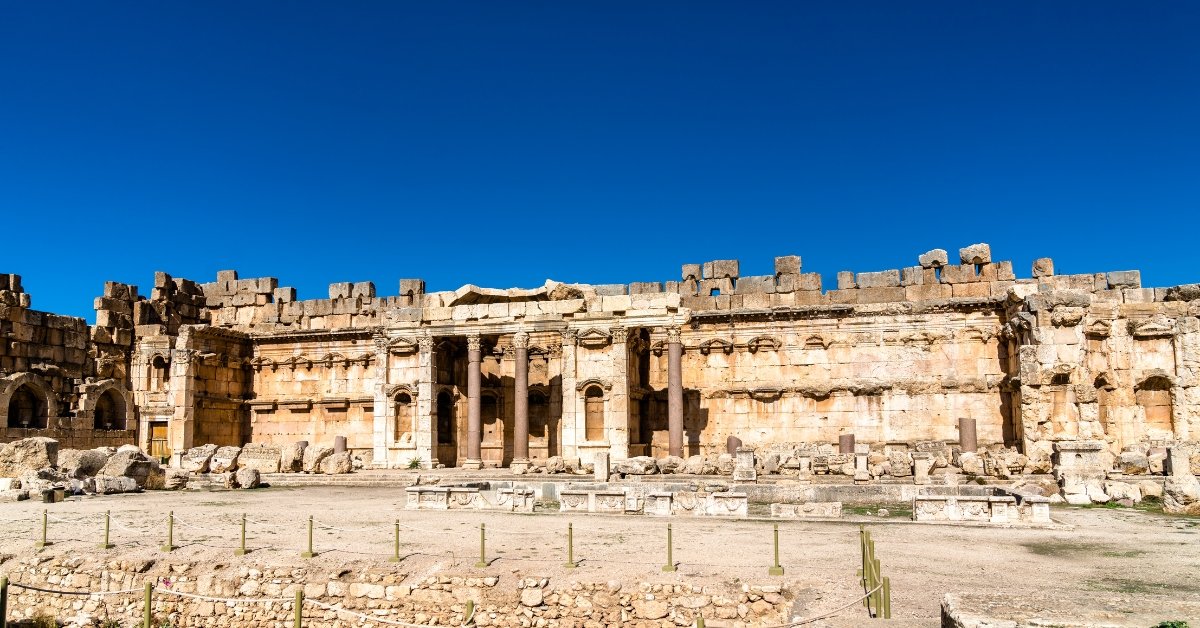
The Great Court, located between the Temple of Jupiter and the Temple of Bacchus, is a vast expanse showcasing the remnants of ancient altars, statues, and other religious artifacts.
Stroll through the area to discover the archaeological treasures and get a sense of the city’s former splendor.
Baalbek Museum
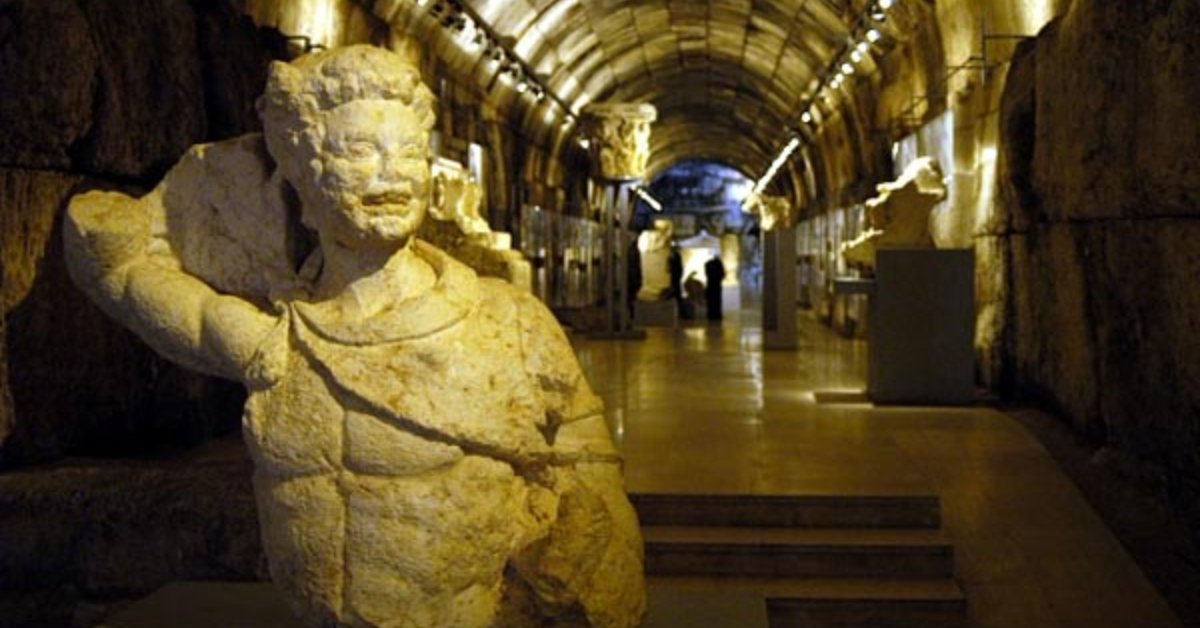
To learn more about the history of Baalbek and its archaeological sites, visit the Baalbek Museum located within the complex.
The museum houses a collection of artifacts, sculptures, and mosaics unearthed during excavations and provides valuable context to the ancient city’s rich history.
Propylaea
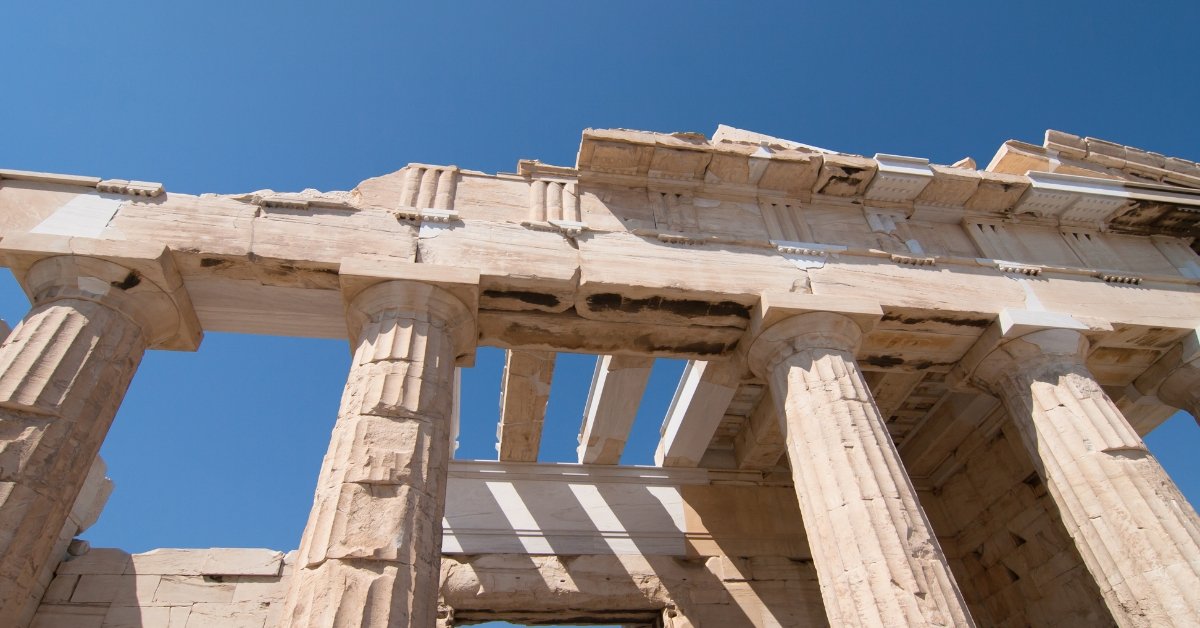
The Propylaea, a monumental entrance to the temple complex, features a grand staircase flanked by towering columns.
Walk through this impressive gateway to experience the same awe that ancient pilgrims must have felt upon entering the sacred site.
Stone of the Pregnant Woman
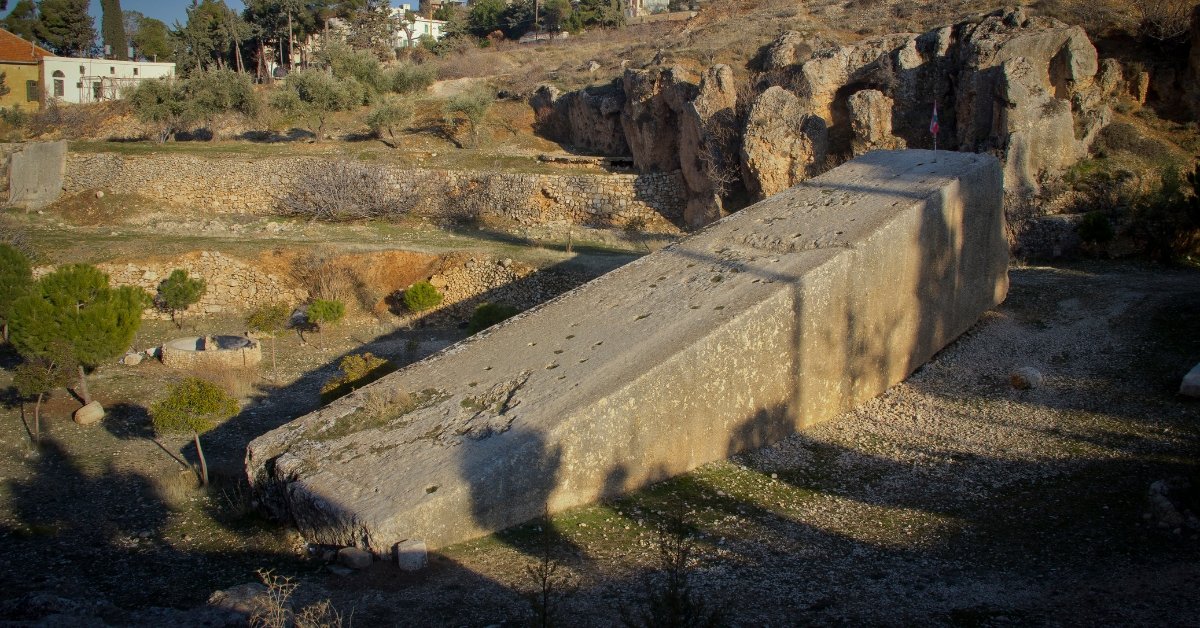
Located in a nearby quarry, the Stone of the Pregnant Woman is one of the largest monoliths in the world.
Weighing an estimated 1,000 tons, this massive stone block provides a fascinating insight into the scale and skill of the ancient builders.
Temple of Mercury
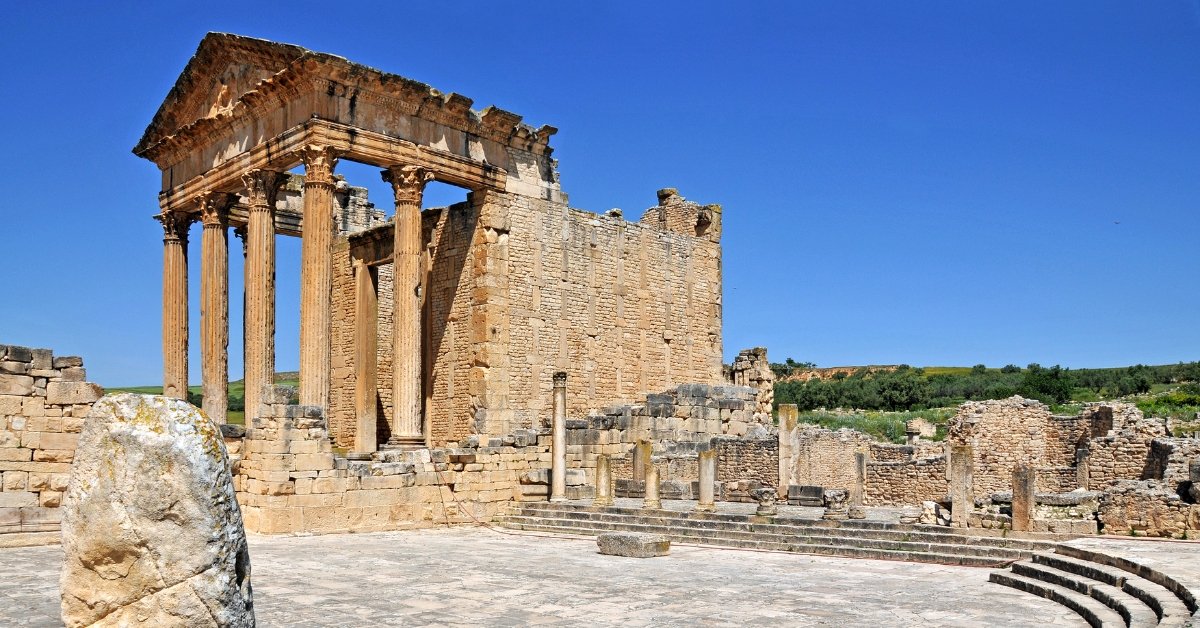
Perched atop the highest hill in Baalbek, the Temple of Mercury was dedicated to the Roman messenger god.
Although only the foundation and some scattered ruins remain, the site offers breathtaking panoramic views of the entire temple complex and the surrounding valley.
Roman Theater
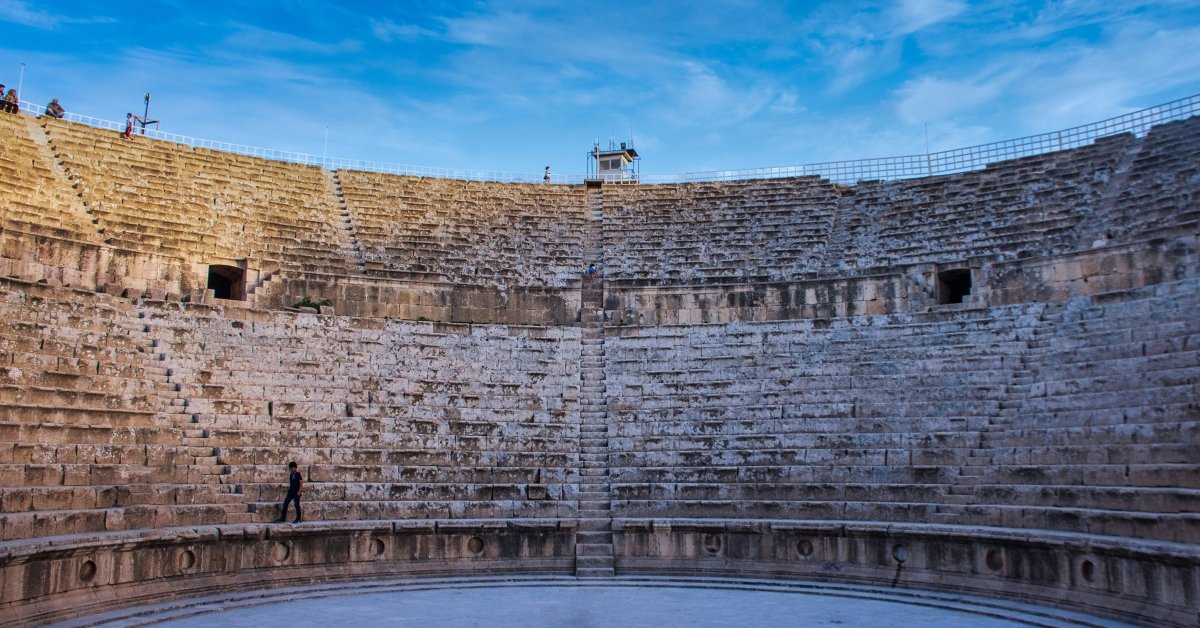
Located near the Temple of Jupiter, the Roman Theater of Baalbek once accommodated around 10,000 spectators.
The well-preserved semicircular structure offers an impressive glimpse into the city’s vibrant cultural life during its peak.
While the theater is less grand than some of the larger temples in Baalbek, it is worth a visit for its historical significance and architectural beauty.
Hajar al-Hibla (Stone of the Pregnant Woman)

In addition to the previously mentioned Stone of the Pregnant Woman, there is another monolith, Hajar al-Hibla (also called the Stone of the Pregnant Woman), located in the same quarry.
This colossal stone, weighing approximately 1,200 tons, is larger than the first and is believed to have been intended for use in the Temple of Jupiter.
These massive stones’ sheer size and scope provide a fascinating insight into the ingenuity and ambition of Baalbek’s ancient builders.
Jeita Grotto
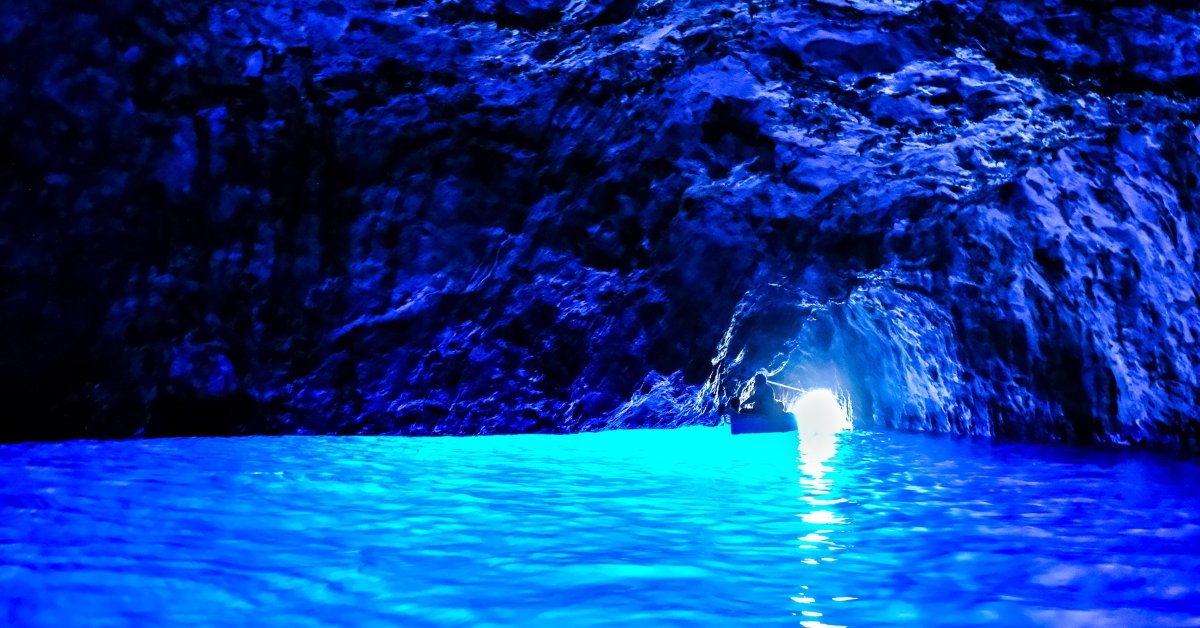
Jeita Grotto, a stunning natural wonder located near Beirut, Lebanon, is home to one of the world’s longest and most beautiful limestone cave systems.
This mesmerizing subterranean attraction consists of two interconnected caves, the upper and lower galleries, boasting magnificent stalactite and stalagmite formations.
While the main attraction is the grotto, the surrounding area offers additional attractions worth exploring.
Best Places To visit in Jeita Grotto
Upper Grotto
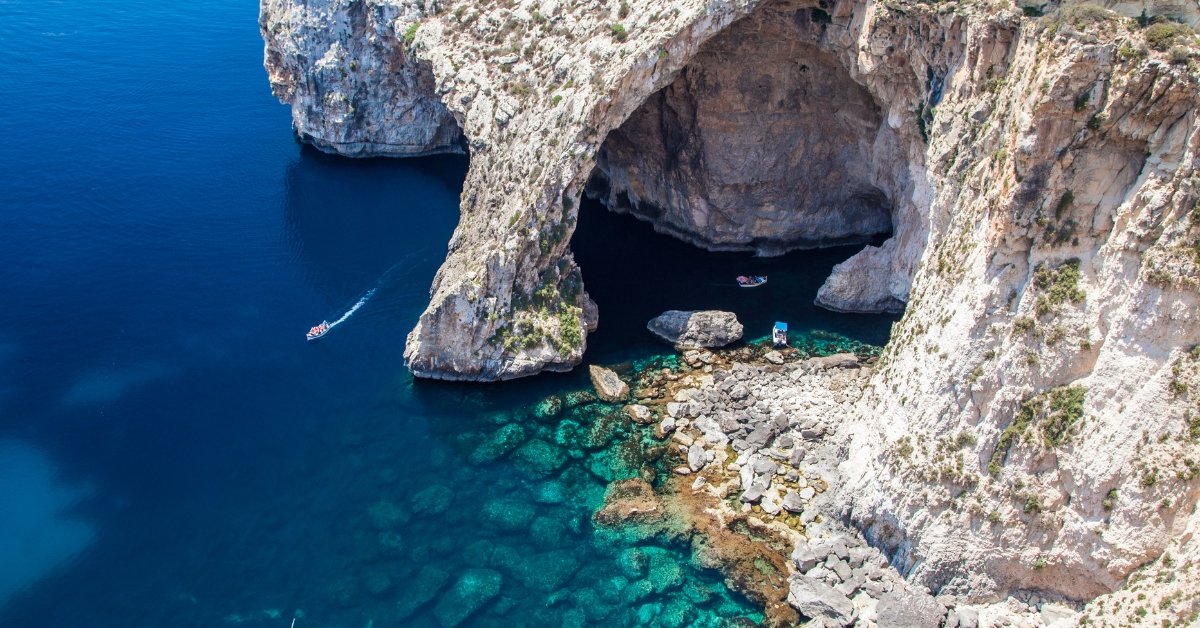
The Upper Grotto is breathtaking with its massive stalactite and stalagmite formations.
Walk along the well-lit pathway and marvel at the incredible geological features formed over millions of years.
Lower Grotto
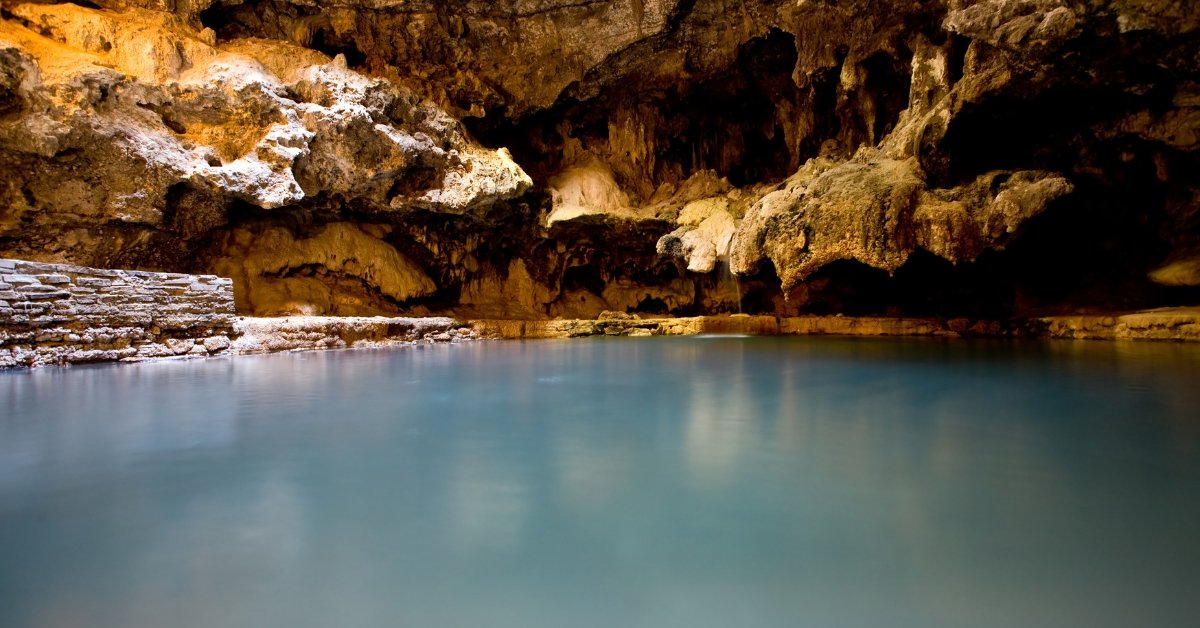
Accessible by boat, the Lower Grotto showcases an underground river and a series of smaller caves.
Enjoy a peaceful ride as you glide through the tranquil waters and admire the spectacular rock formations.
Jeita Grotto Cable Car
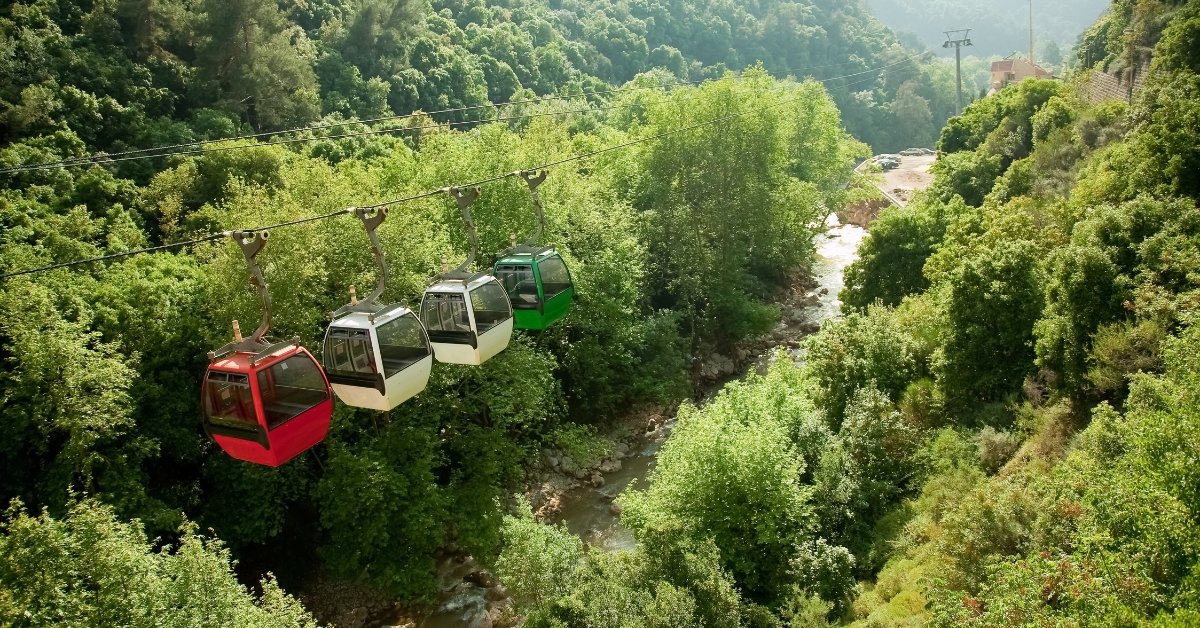
The Jeita Grotto Cable Car offers a convenient and scenic way to access the grotto entrance.
As you ascend, take in the sweeping views of the surrounding mountains and valleys.
Nahr al-Kalb (Dog River)
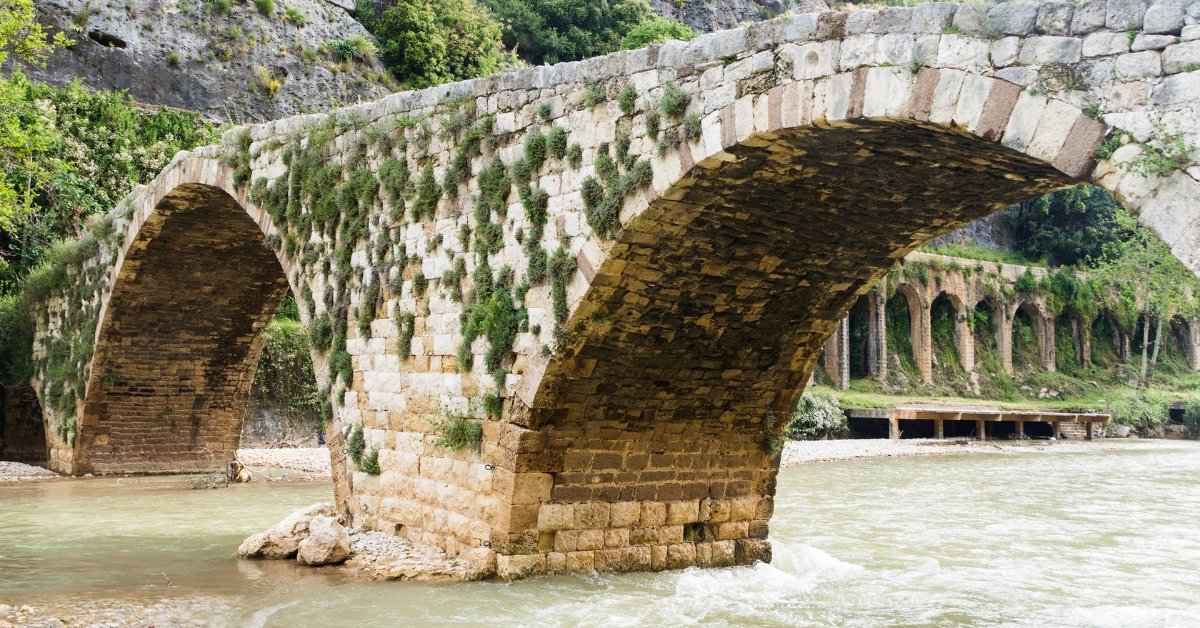
Located near Jeita Grotto, Nahr al-Kalb is a picturesque river with a rich history.
A short hike along the river will lead you to the famous commemorative stelae carved by various rulers and conquerors throughout history.
Jeita Grotto Sculpture Garden
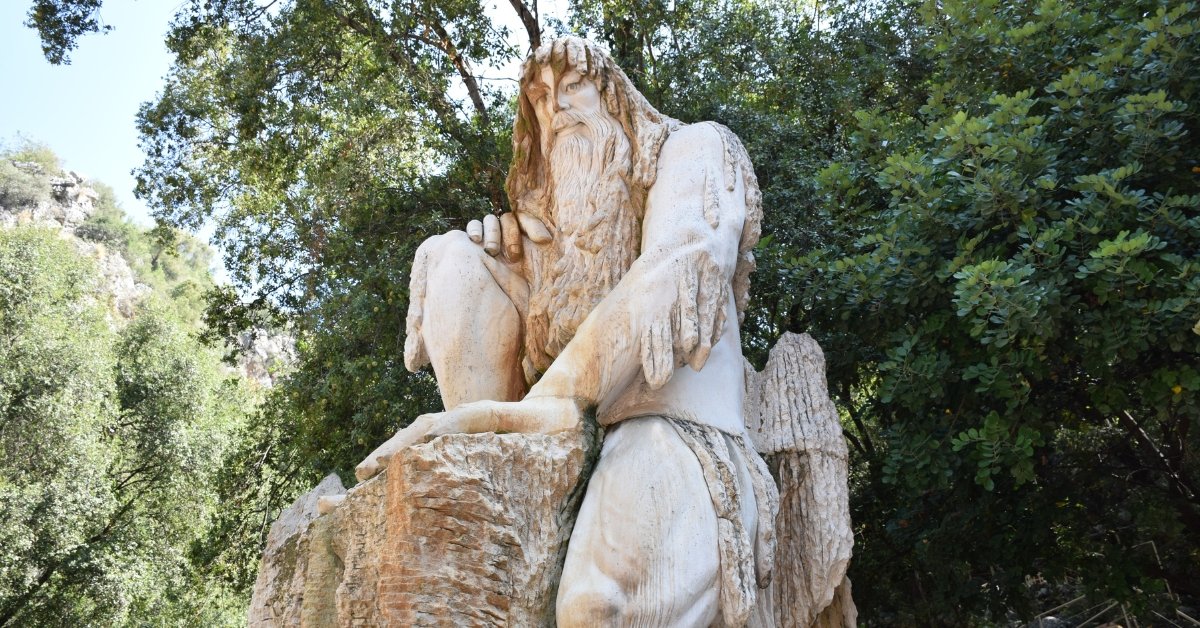
Before entering the grotto, stroll through the Jeita Grotto Sculpture Garden, which showcases a collection of contemporary art pieces inspired by the natural beauty of the caves.
Our Lady of Lebanon Harissa
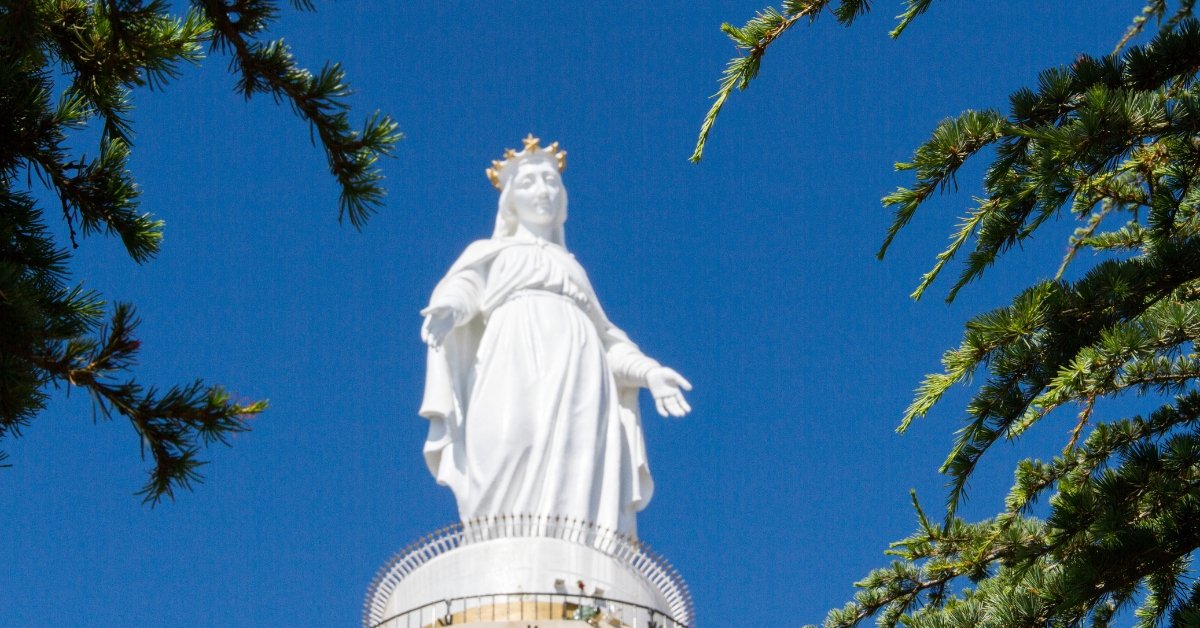
A short drive from Jeita Grotto is Our Lady of Lebanon, a towering Marian shrine in Harissa’s mountain village.
The site offers breathtaking panoramic coastline views and is an important pilgrimage destination for Lebanese Christians.
Byblos
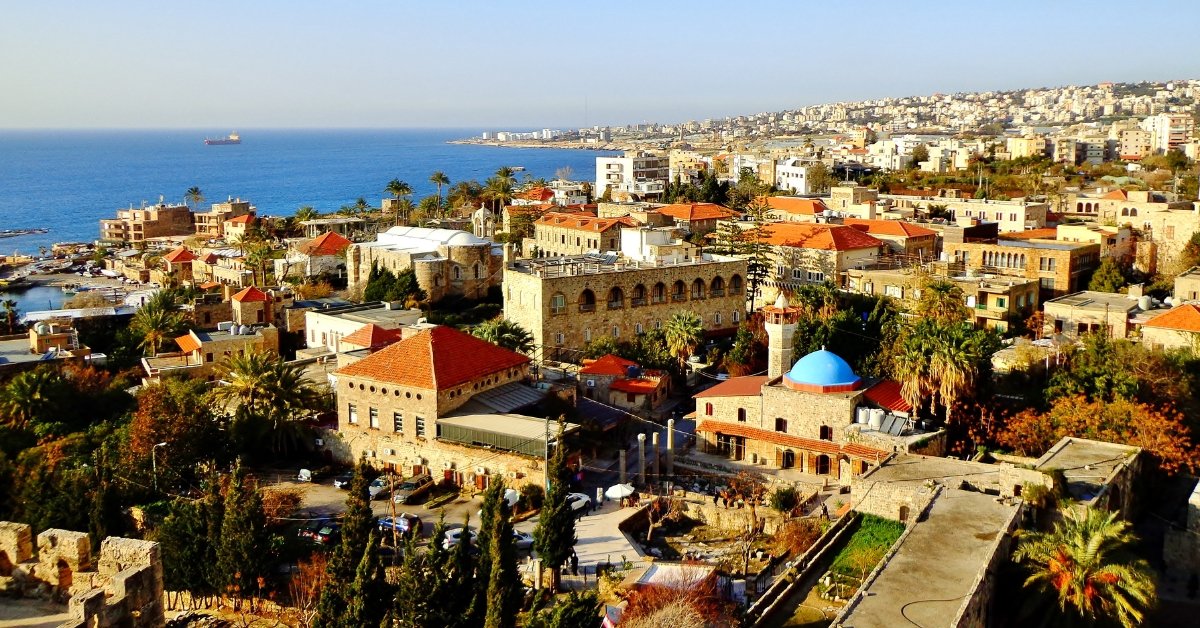
The ancient city of Byblos, a UNESCO World Heritage site, is just a short drive from Jeita Grotto.
Explore the historical ruins, stroll through the charming old souk, and enjoy a meal at a seaside restaurant.
Jounieh
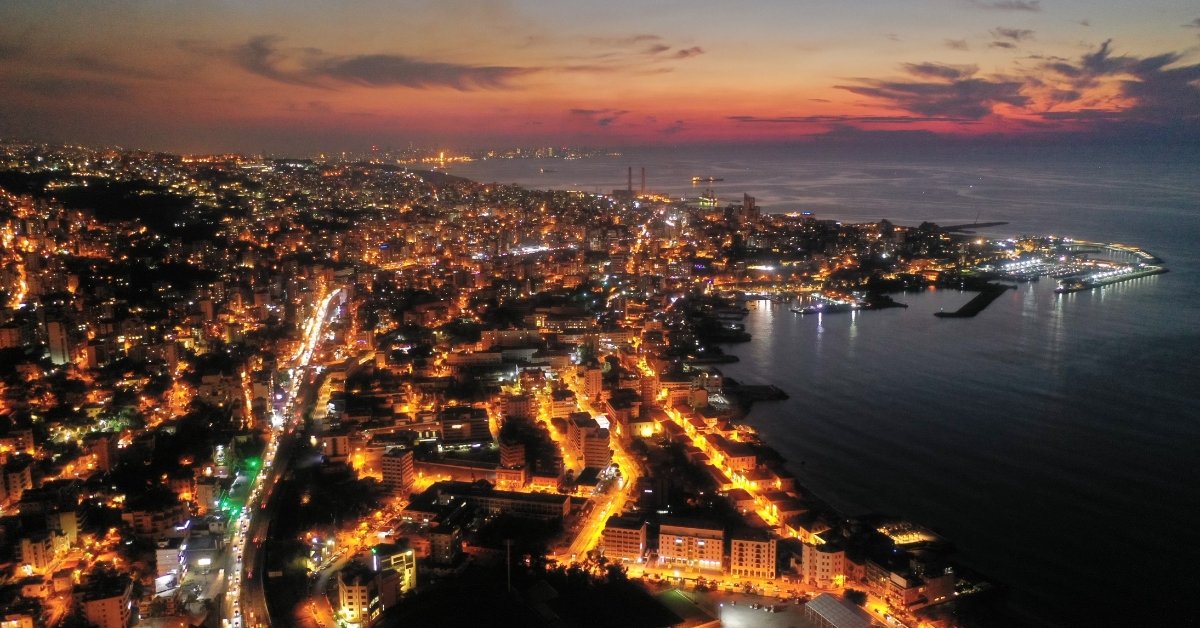
The coastal city of Jounieh, located near Jeita Grotto, offers a variety of attractions, including beaches, restaurants, and vibrant nightlife.
Stroll along the Jounieh Bay or take a cable car ride to the Our Lady of Lebanon Harissa.
The Green Oval
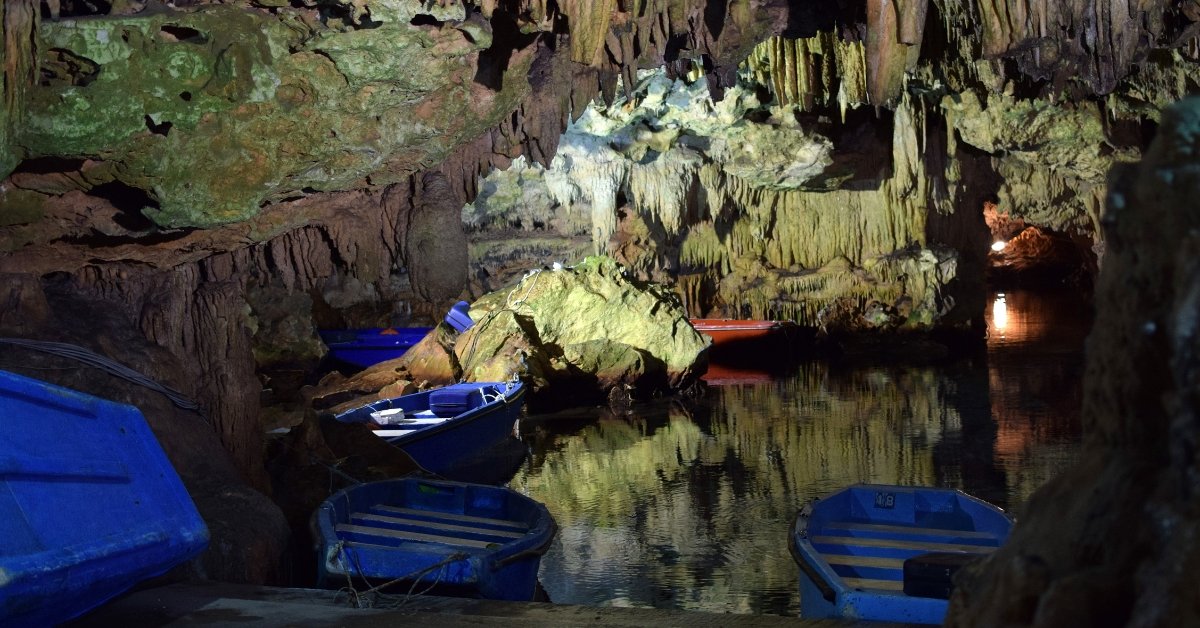
A popular eco-tourism destination near Jeita Grotto, The Green Oval offers a range of outdoor activities, such as hiking, biking, and picnicking, set amidst beautiful forests and valleys.
The Jeita Grotto Gift Shop
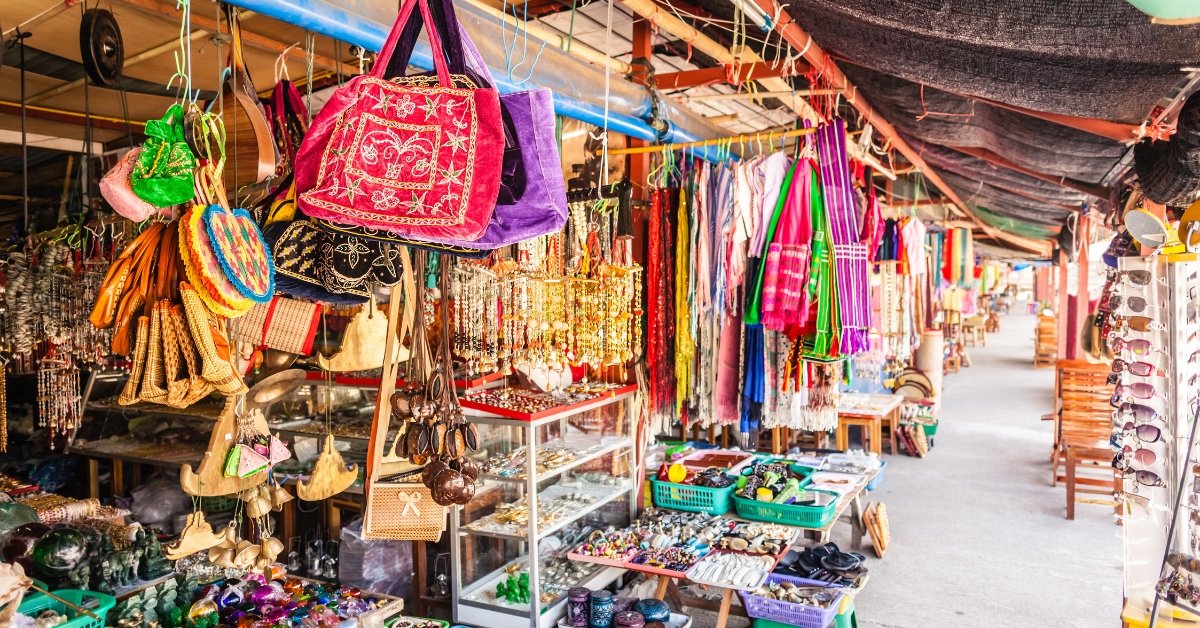
Before leaving the grotto, stop by the gift shop to pick up souvenirs, such as unique limestone sculptures, postcards, and other mementos to remember your visit.
Cedars of God
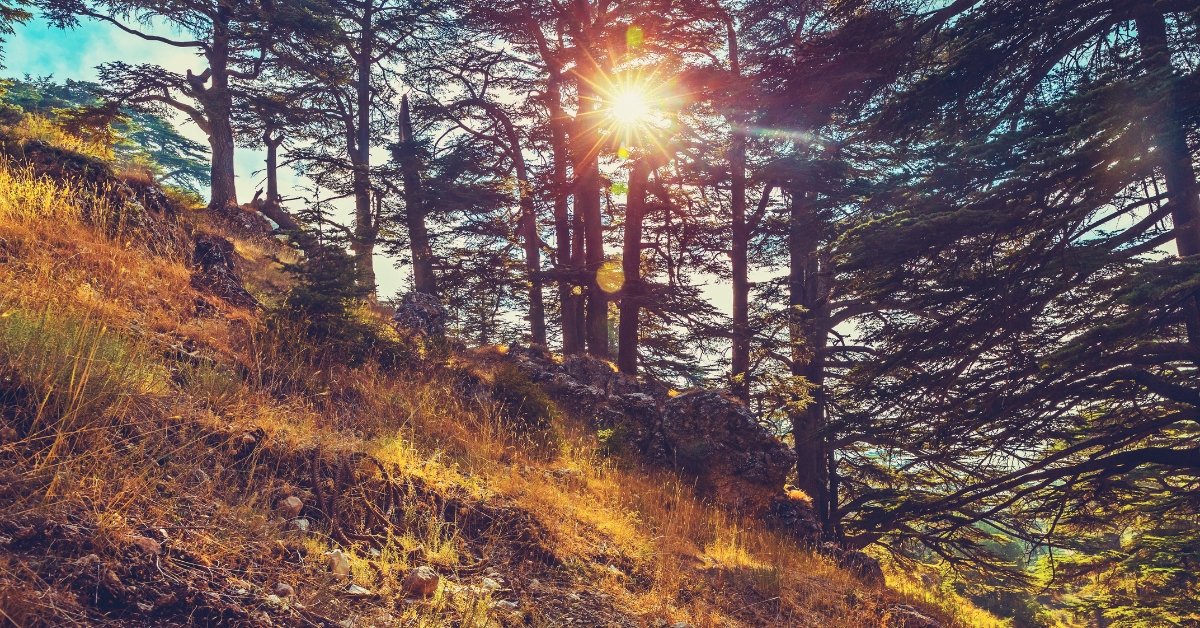
The Cedars of God, a UNESCO World Heritage site located in the Bsharri district of northern Lebanon, is home to some of the world’s oldest and most majestic cedar trees.
These ancient trees, called Cedrus libani, hold great historical, cultural, and religious significance.
While the forest reserve is the primary attraction, the surrounding region offers a wealth of attractions worth exploring.
Best Places To Visit In Cedars Of God
The Cedars of God Forest Reserve
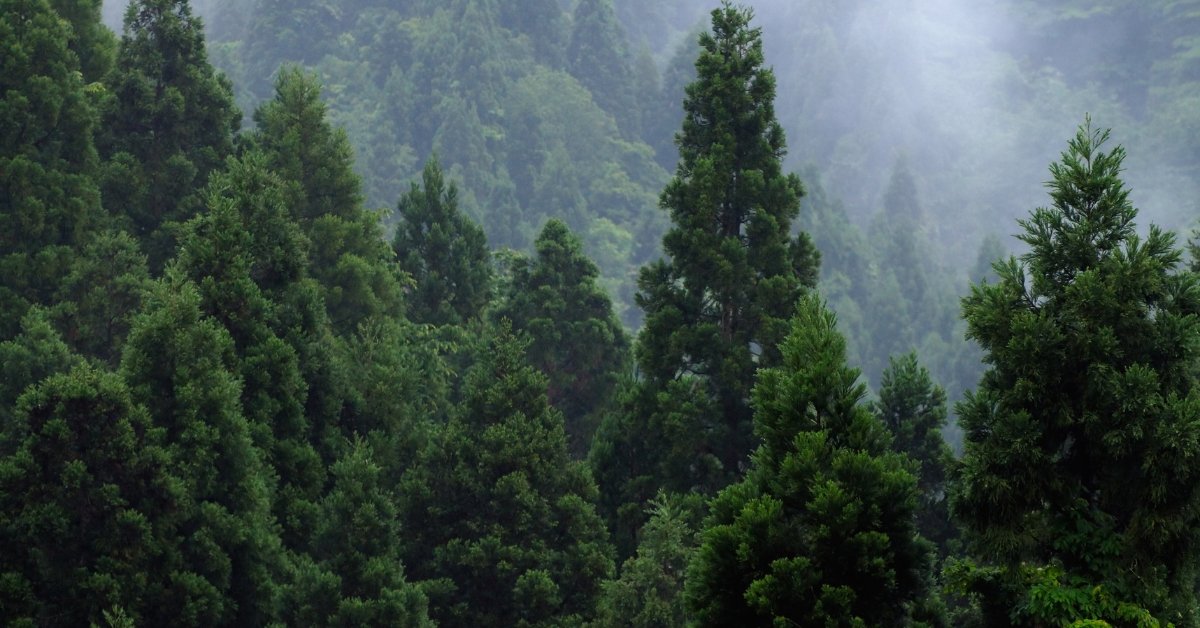
The Cedars of God Forest Reserve’s main attraction offers visitors a chance to walk among these ancient and majestic trees.
Stroll along the well-marked trails and breathe in the fresh mountain air as you marvel at the towering cedars.
Gibran Khalil Gibran Museum
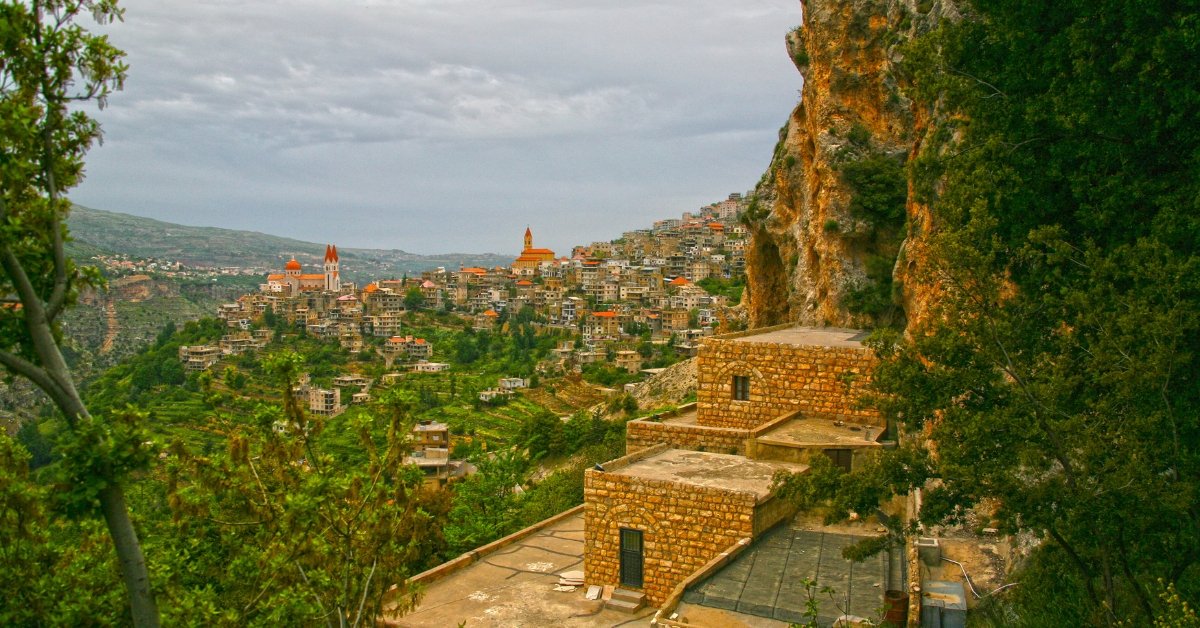
Located in Bsharri, the Gibran Khalil Gibran Museum is dedicated to the life and works of the famous Lebanese poet, artist, and writer.
Explore the museum’s exhibits, which include his paintings, manuscripts, and personal belongings.
Bsharri
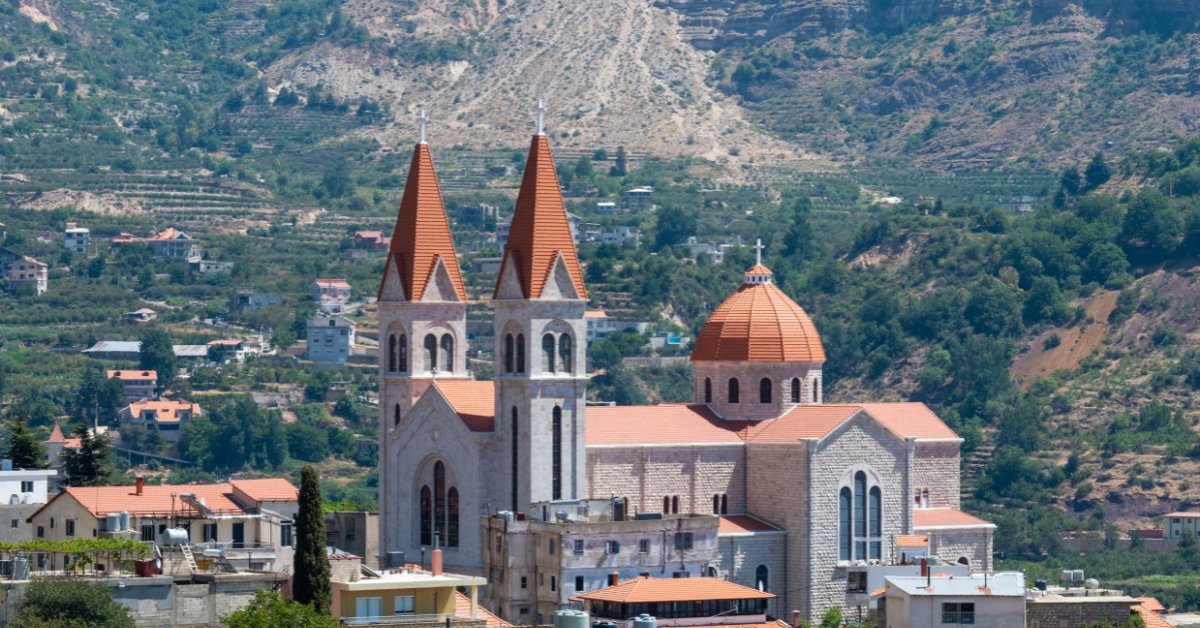
The picturesque town of Bsharri, known as the birthplace of Gibran Khalil Gibran, offers stunning mountain views and traditional Lebanese architecture.
Wander through the charming streets and visit the town’s churches, such as the Mar Saba Cathedral and the Mar Geryes Church.
Qadisha Valley
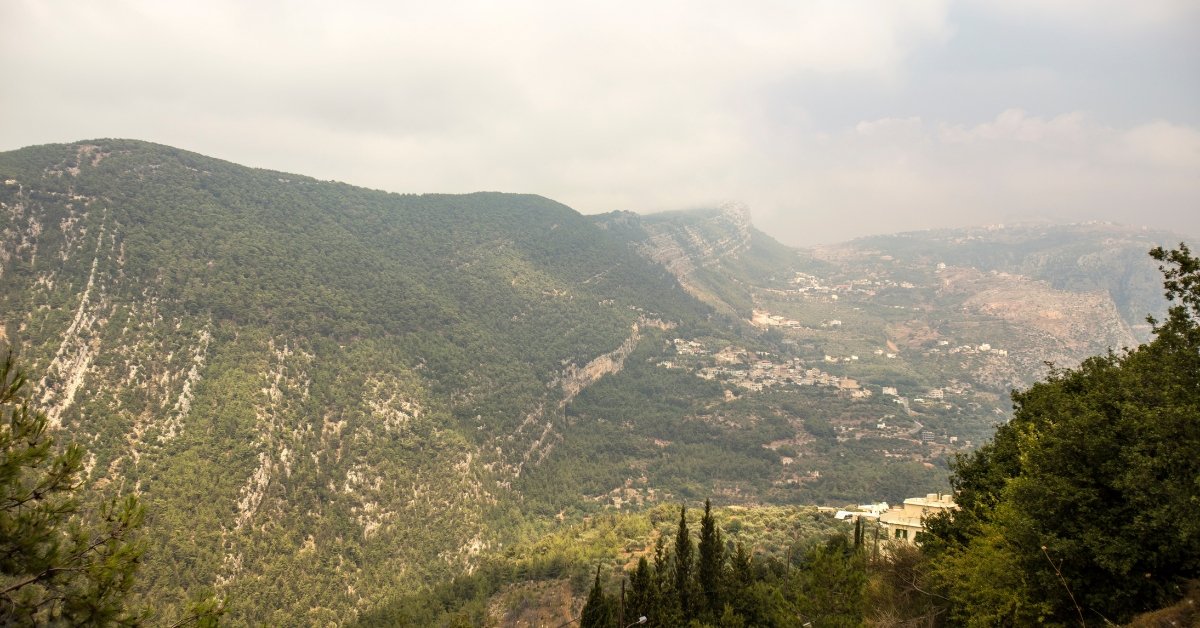
The Qadisha Valley, a UNESCO World Heritage site, is a breathtaking gorge near the Cedars of God.
Hike through the valley, explore its numerous monasteries and hermitages, and take in the awe-inspiring natural beauty.
Monastery of Qozhaya
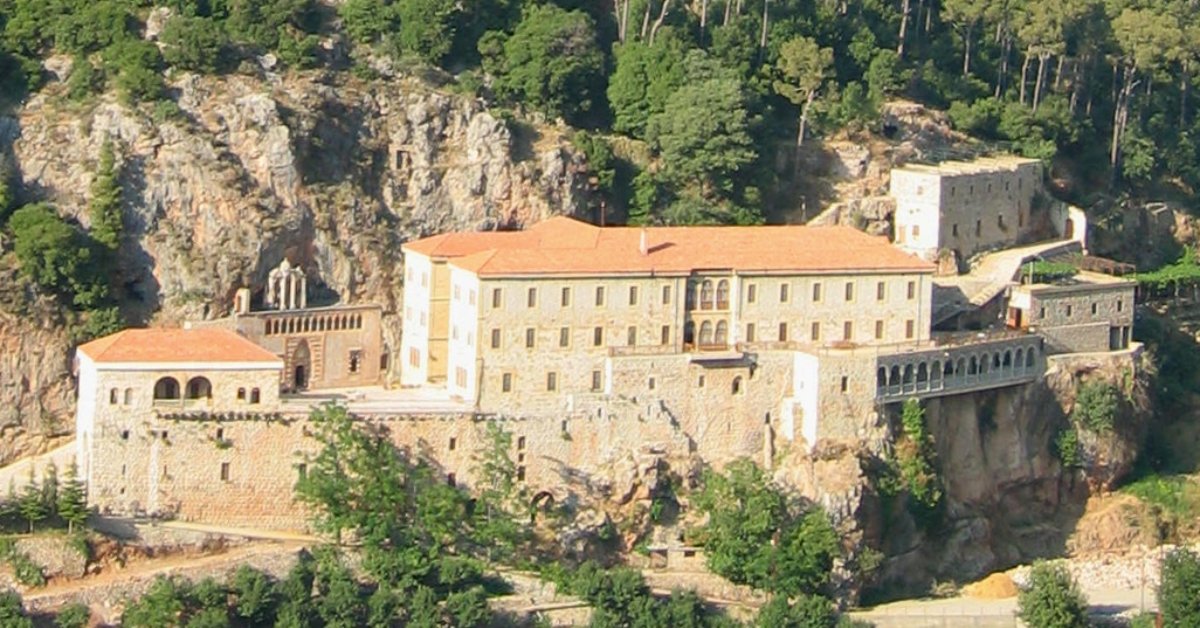
Located in the Qadisha Valley, the Monastery of Qozhaya is one of Lebanon’s oldest and most significant monasteries.
Visit the ancient church, explore the on-site museum, and enjoy the serene atmosphere.
Horsh Ehden Nature Reserve
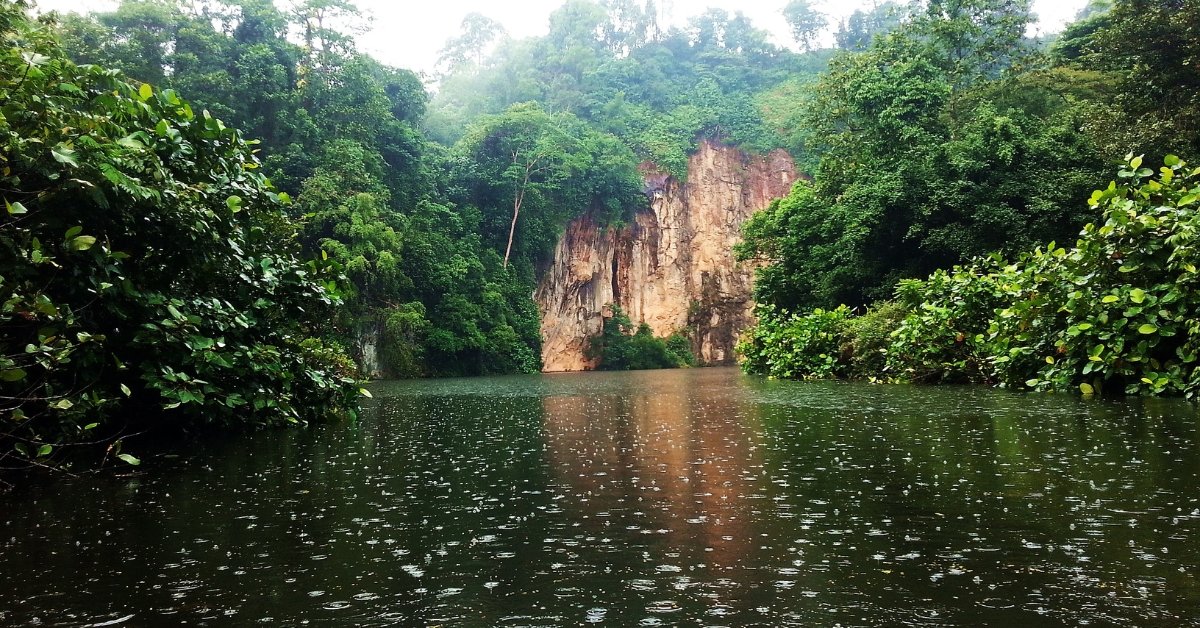
Horsh Ehden Nature Reserve, near the Cedars of God, is home to diverse flora and fauna, including many endemic species.
Hike along the reserve’s numerous trails, spot wildlife, and take in the stunning views of the surrounding landscape.
Hadath El-Jebbeh
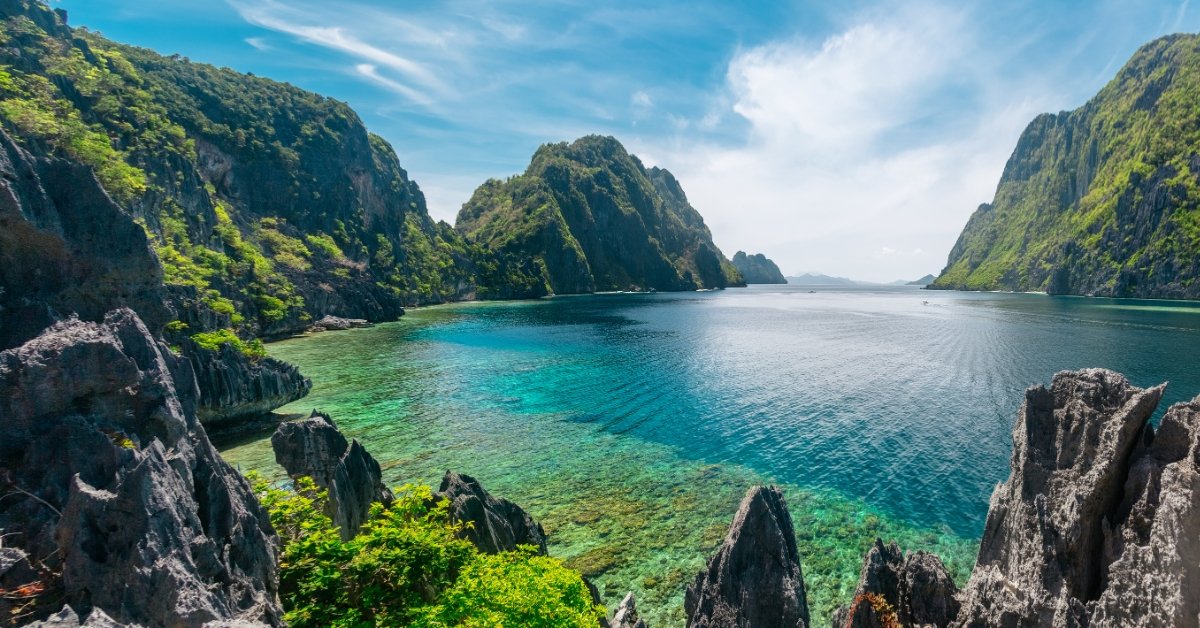
The historic village of Hadath El-Jebbeh, located near the Cedars of God, boasts beautiful examples of traditional Lebanese architecture and the impressive St. Daniel Monastery.
The Lady of Diman Church
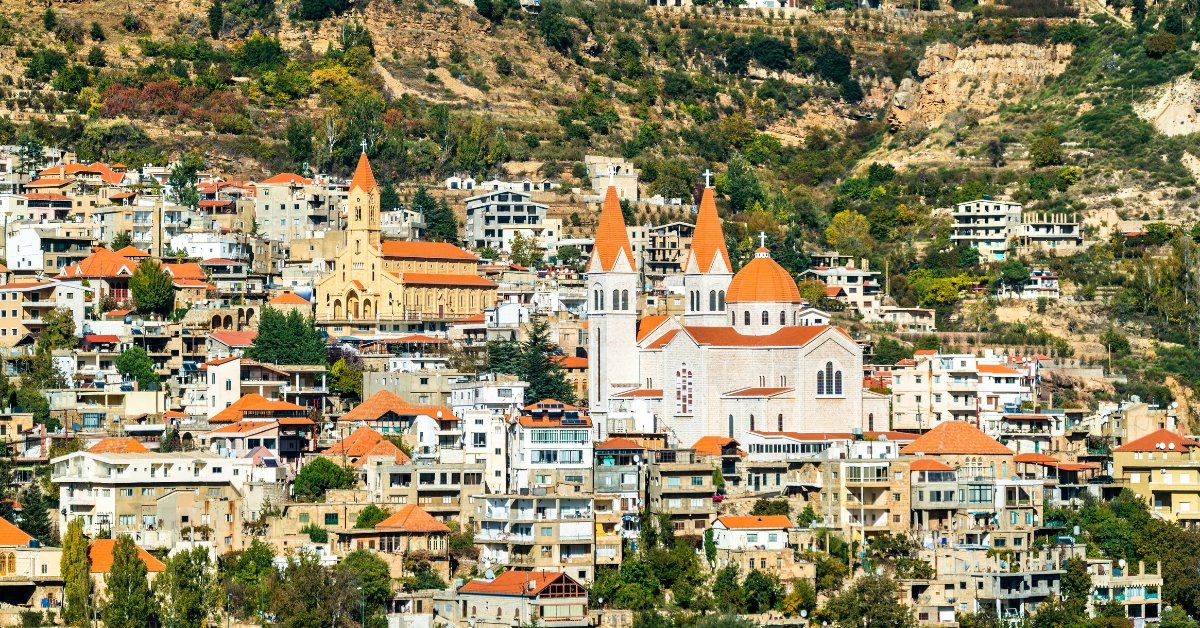
Situated in the village of Diman, the Lady of Diman Church is a Maronite church with beautiful architecture and serene surroundings.
The church is also the summer residence of the Maronite Patriarch, making it an important religious site.
Arz Ski Resort
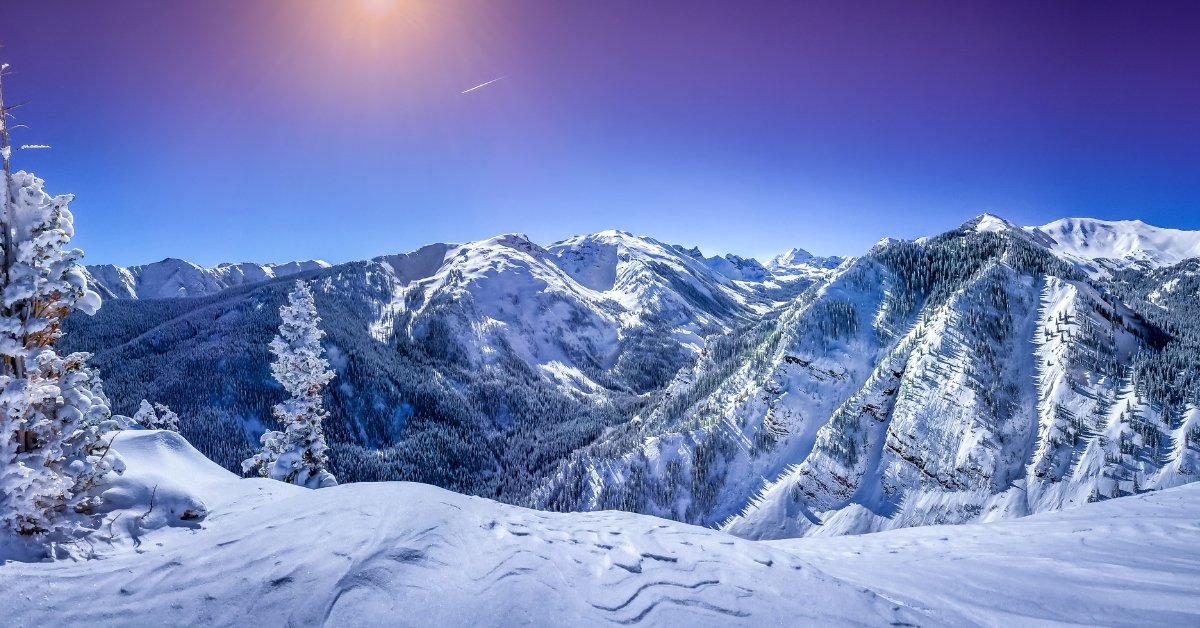
During the winter months, the nearby Arz Ski Resort offers visitors the opportunity to ski, snowboard, or enjoy the snow-capped mountains.
The resort is easily accessible from the Cedars of God and provides a range of winter activities for all skill levels.
Bcharreh Souk
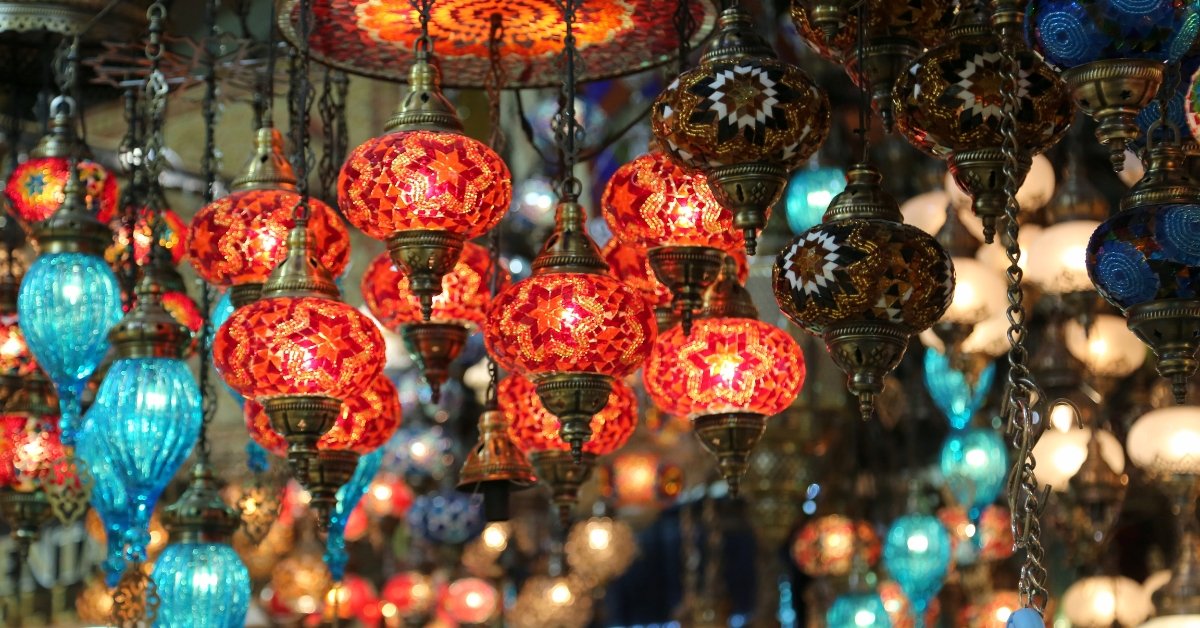
Visit the bustling Bcharreh Souk, a traditional Lebanese market where you can shop for local products, handicrafts, and souvenirs.
It is the perfect place to pick up a memento of your visit to the Cedars of God.
Nightlife In Lebanon

Nightlife in Lebanon, especially in its capital city Beirut, is known for being vibrant and diverse.
People from different backgrounds and nationalities come together to enjoy various entertainment options.
Here are some key aspects of Lebanese nightlife:
- Clubs and Bars: Beirut is home to numerous clubs and bars catering to various music genres and preferences. Some popular clubs include B018, Skybar, and The Grand Factory. Bars like Anise, Internazionale, and Junkyard are great places to unwind and enjoy expertly crafted cocktails.
- Live music: Lebanon boasts a lively music scene, with many venues hosting live performances from local and international artists. MusicHall and Metro Al Madina are popular choices for experiencing different types of music, from traditional Lebanese to jazz and rock.
- Restaurants and Cafes: Lebanese cuisine is renowned for its delicious flavors and variety. Many restaurants and cafes stay open late, offering a relaxed atmosphere for socializing and enjoying good food. Some notable establishments are Em Sherif, Tawlet, and Enab Beirut.
- Festivals: Lebanon hosts annual festivals celebrating art, music, and culture. Events like the Beirut International Film Festival, Baalbeck International Festival, and Zouk Mikael International Festival are highlights of the cultural calendar and contribute to the country’s vibrant nightlife.
- Beach clubs: With its stunning coastline, Lebanon offers several beach clubs that transform into nightlife hotspots during summer. Places like Iris Beach Club, Praia Beach Resort, and Orchid Beach Lounge provide a mix of entertainment, food, and beachside relaxation.
- Gemmayzeh and Mar Mikhael: These neighborhoods in Beirut are known for their bustling nightlife, featuring numerous pubs, bars, and restaurants lining the streets. Visitors can stroll through these areas, enjoying the lively atmosphere and hopping from one venue to another.
Remember that nightlife in Lebanon, as in any country, may be subject to changes due to various factors such as political stability, economic conditions, and public health concerns.
Therefore, staying updated on the current situation is essential before planning your visit.
Travel Tips for Lebanon in 2023

Lebanon is a beautiful country with a rich history, stunning landscapes, and a vibrant culture.
To ensure you have a fantastic trip in 2023, here are some travel tips for Lebanon:
- Visa and travel documents: Check visa requirements for your nationality before traveling to Lebanon. Most visitors can obtain a visa on arrival, but double-checking is always good. Also, ensure your passport is valid for at least six months beyond your intended stay.
- Safety: Lebanon has faced some security concerns in the past. However, the situation has improved considerably. Stay updated on travel advisories issued by your government and follow the advice of local authorities. Avoid areas that are considered unsafe, and always stay vigilant.
- Best time to visit: The most popular time to visit Lebanon is between April and October when the weather is pleasant and mild. The spring season (April to June) is particularly beautiful, with flowers blooming throughout the country.
- Currency: The Lebanese Pound (LBP) is the official currency. Having some local currency on hand for smaller transactions is a good idea, but US dollars are also widely accepted. Credit cards are accepted in many places but only in some places, especially in smaller establishments.
- Language: Arabic is the official language, but English and French are widely spoken, especially in urban areas. Learning a few basic Arabic phrases can be helpful and appreciated by locals.
- Transportation: Public transportation in Lebanon is limited, but shared taxis (called “servees”) are common and relatively inexpensive. Renting a car is also an option, but driving in Lebanon can be challenging due to traffic and road conditions.
- Cultural etiquette: Lebanese people are generally warm and hospitable. It is important to dress modestly, particularly when visiting religious sites. Respect local customs and traditions, and avoid discussing sensitive political topics.
- Must-visit sites: Some popular sites in Lebanon include the historical city of Byblos, the stunning Jeita Grotto, the Roman ruins of Baalbek, and the vibrant capital city, Beirut. Take the chance to explore the beautiful beaches, mountains, and ancient sites throughout the country.
- Lebanese cuisine: Lebanese food is delicious and diverse. Try traditional dishes like hummus, tabbouleh, kibbeh, and shawarma. Also, make sure to indulge in Lebanese sweets like baklava and knafeh.
- Stay connected: Wi-Fi is widely available in hotels, cafes, and restaurants. Getting a local SIM card for your mobile phone is a good idea for easy and affordable communication and internet access.
Remember to respect local customs and traditions, stay informed about the current situation, and, most importantly, enjoy Lebanon’s unique beauty and hospitality.
Conclusion

Lebanon offers an unmatched fusion of history, culture, and natural beauty that captivates travelers.
From the lively streets of Beirut to the ancient wonders of Byblos and Baalbek, a trip to Lebanon promises to be a memorable experience.
With the latest information and insider tips, you will be well-prepared to embark on your unforgettable Lebanese adventure. Also, check out: Bali vs Thailand, Unforgettable Journey to Seychelles.
Get our best stuff sent straight to you! Join our WhatsApp Channel.
